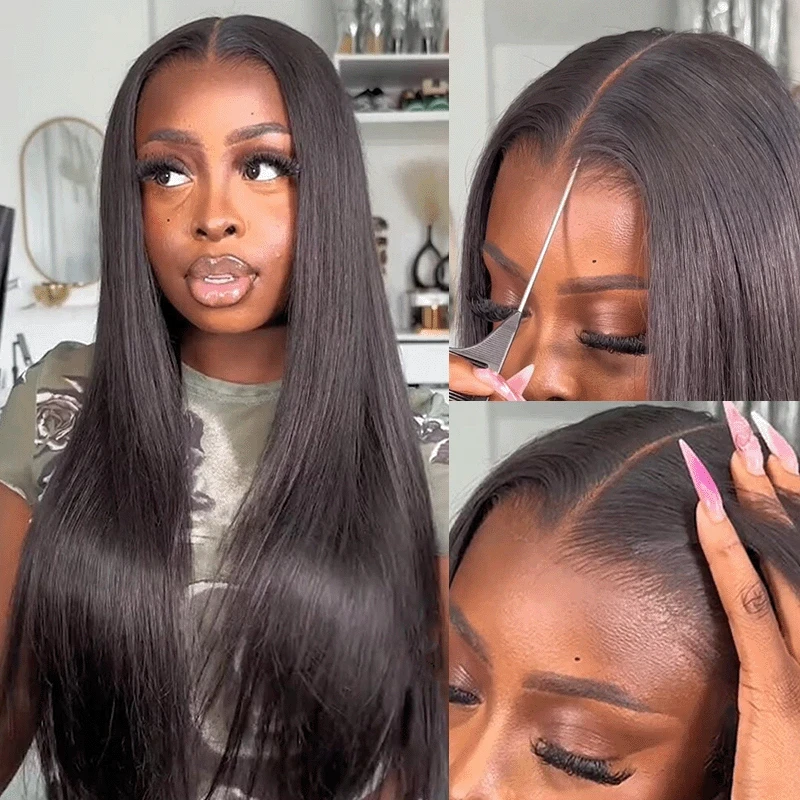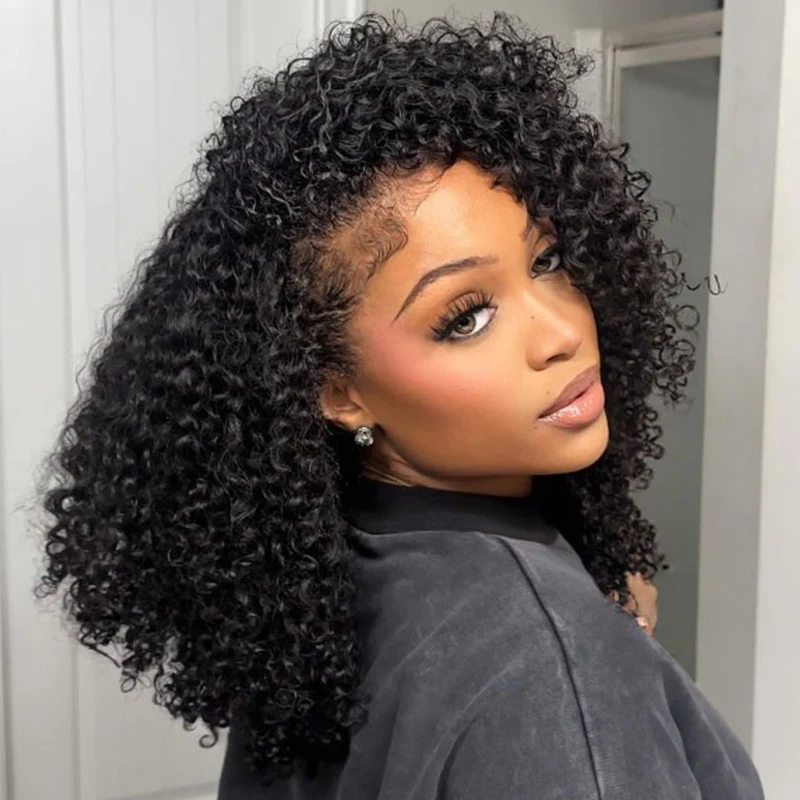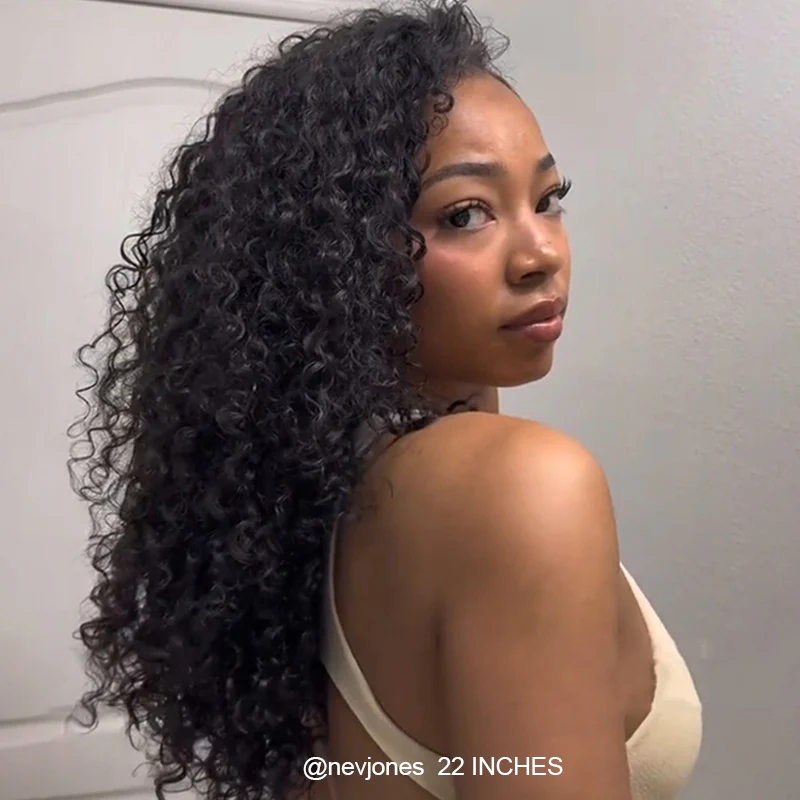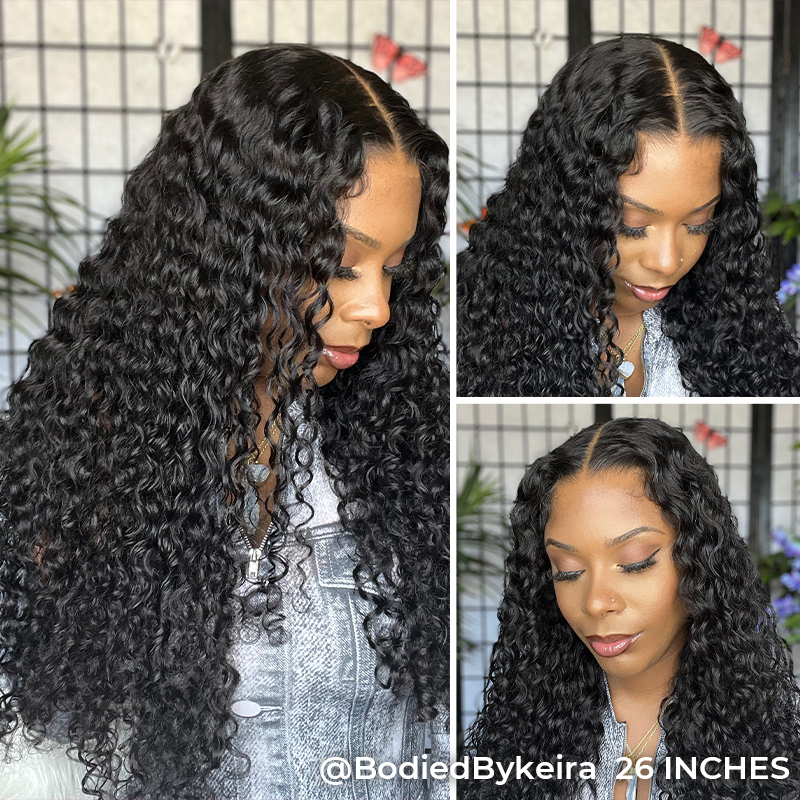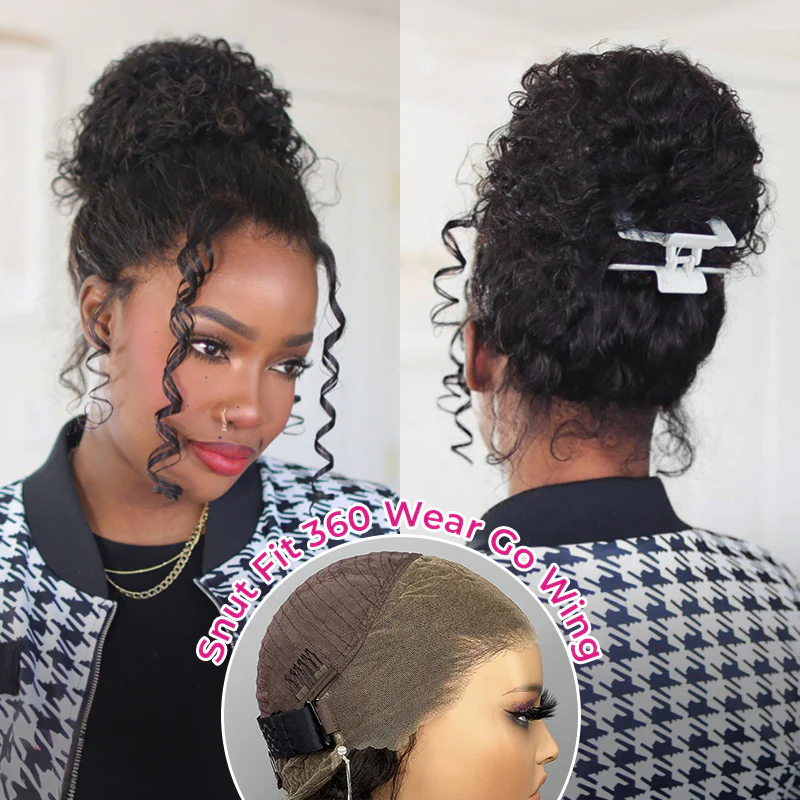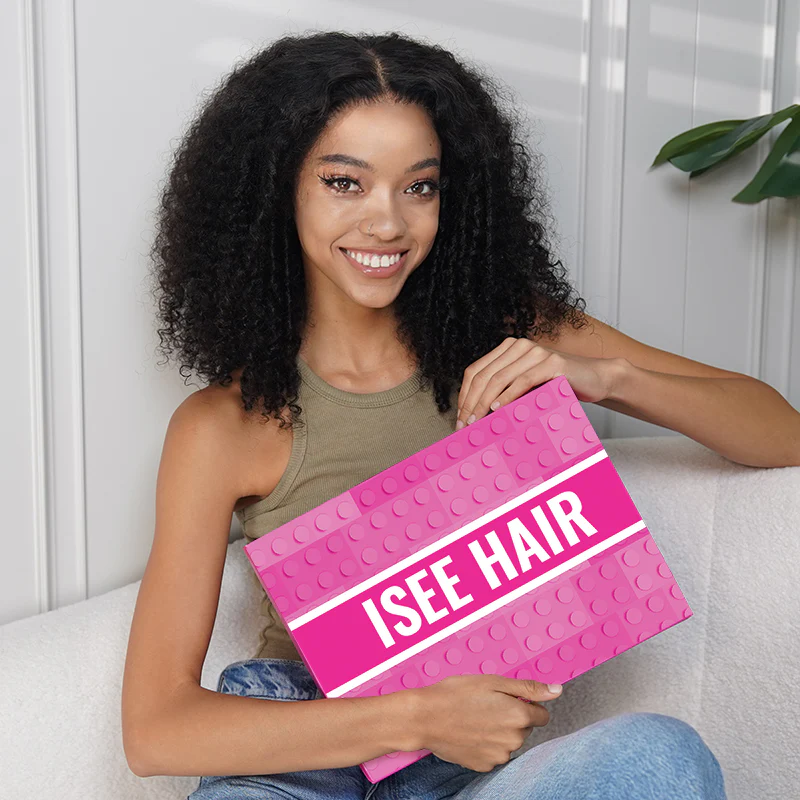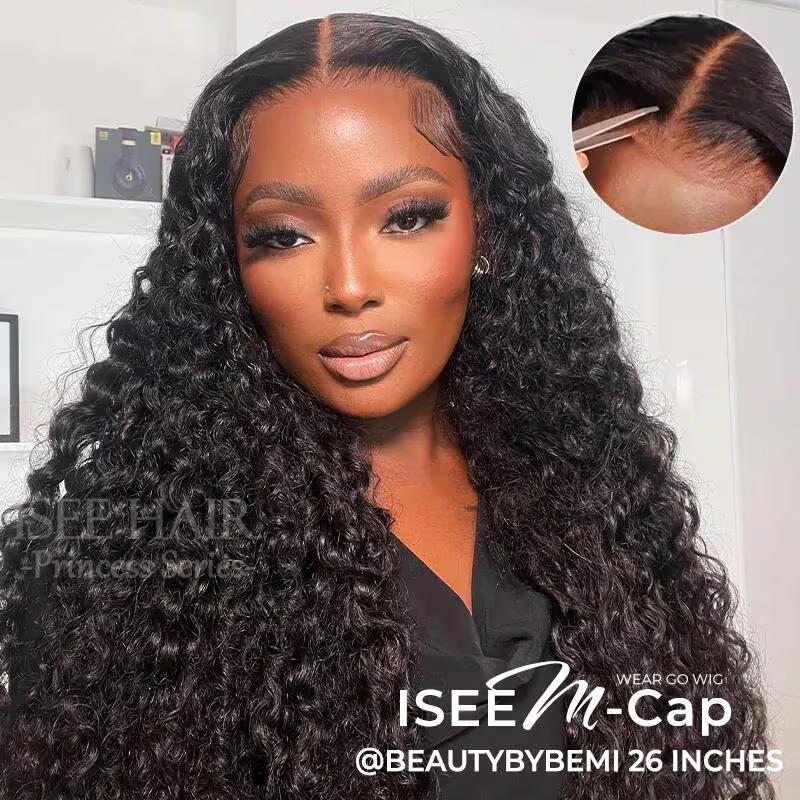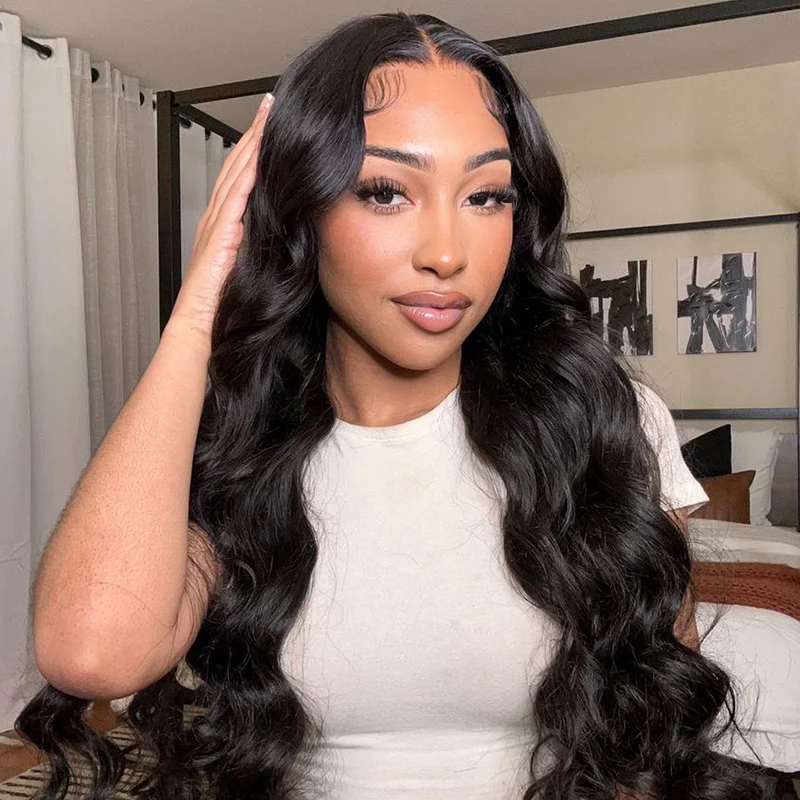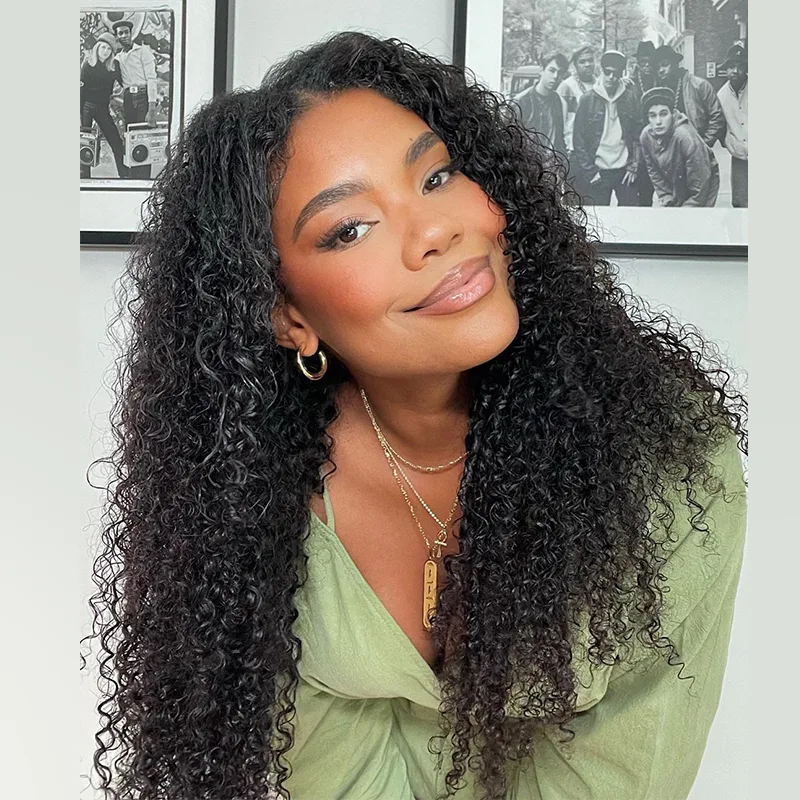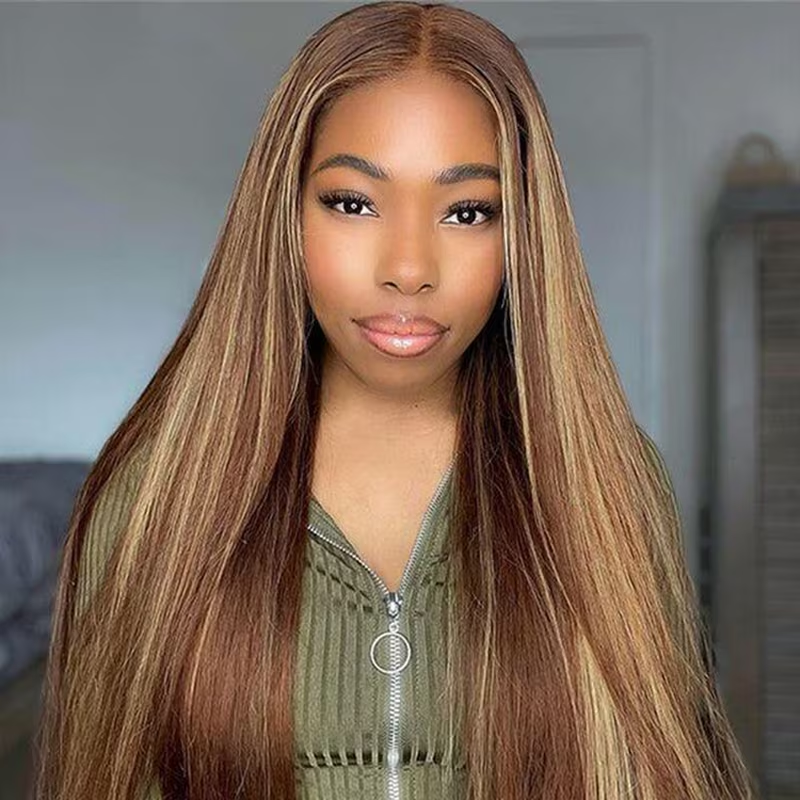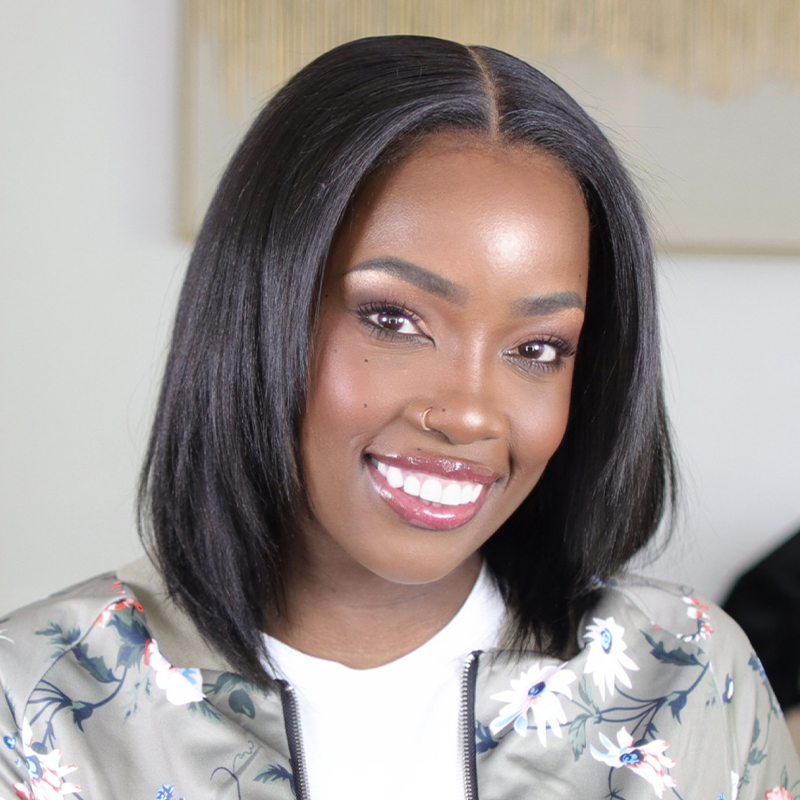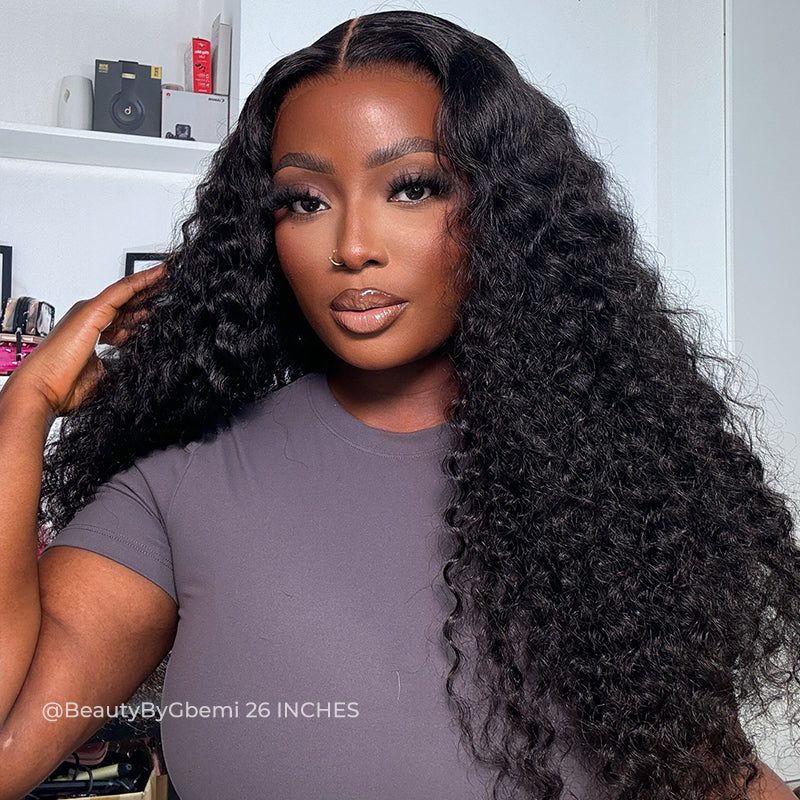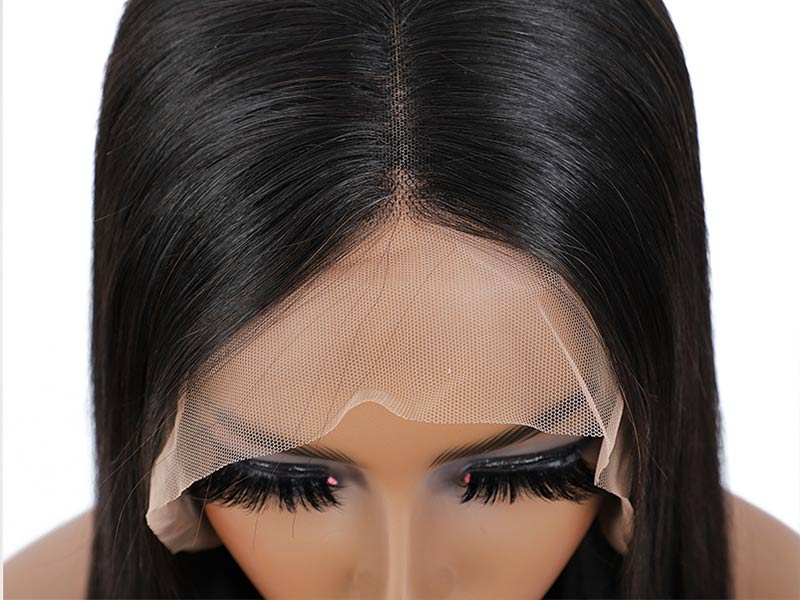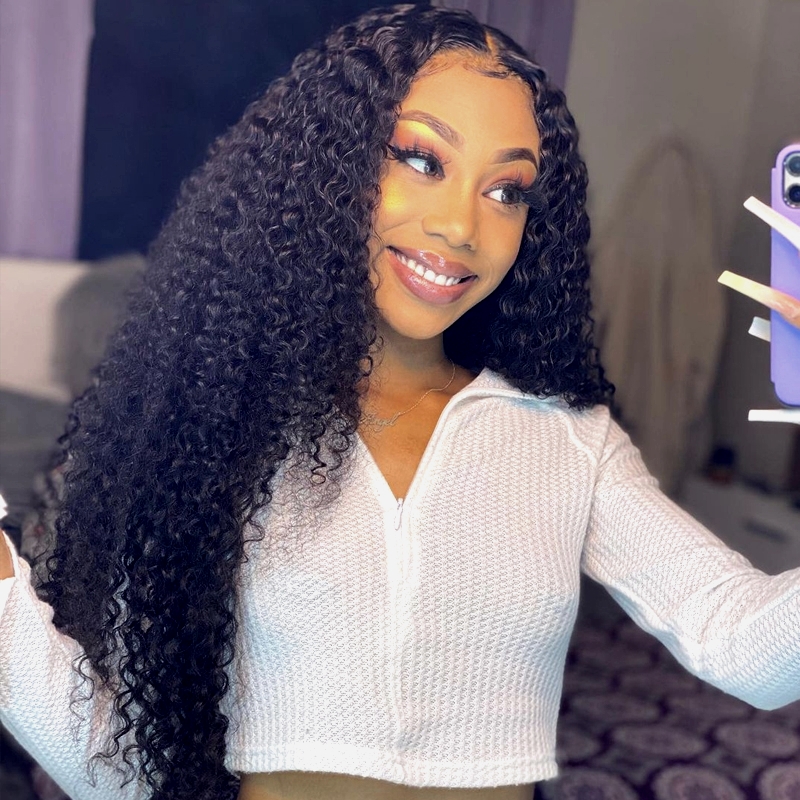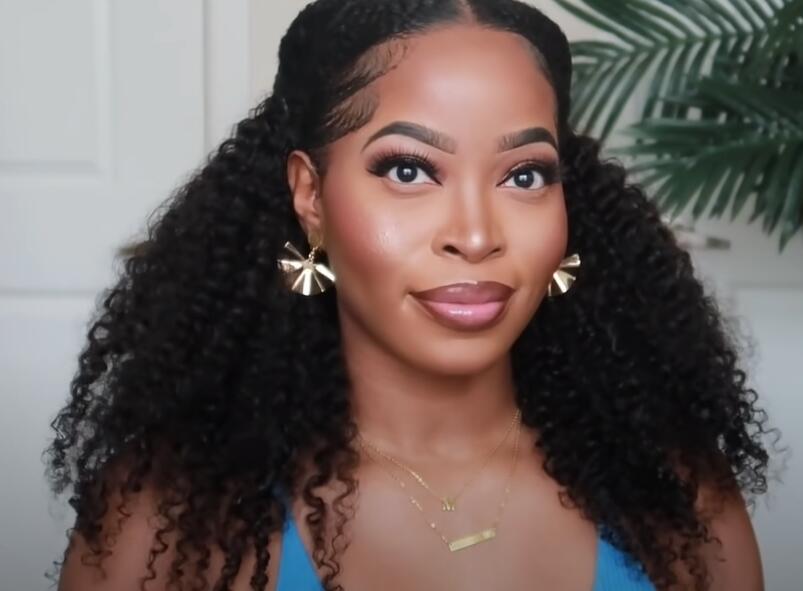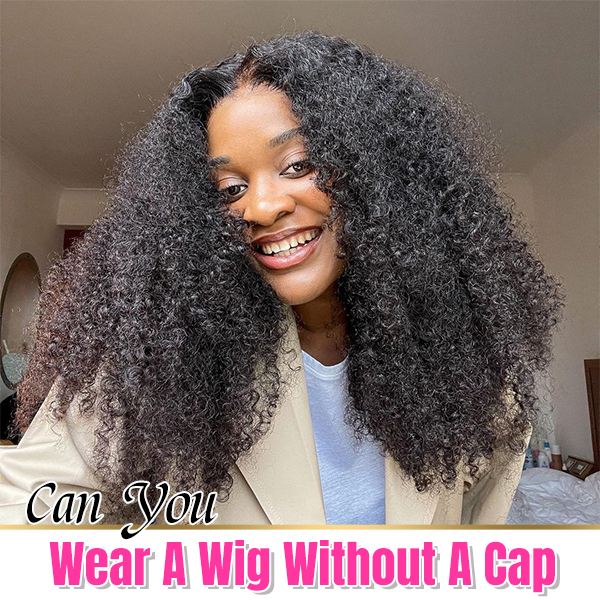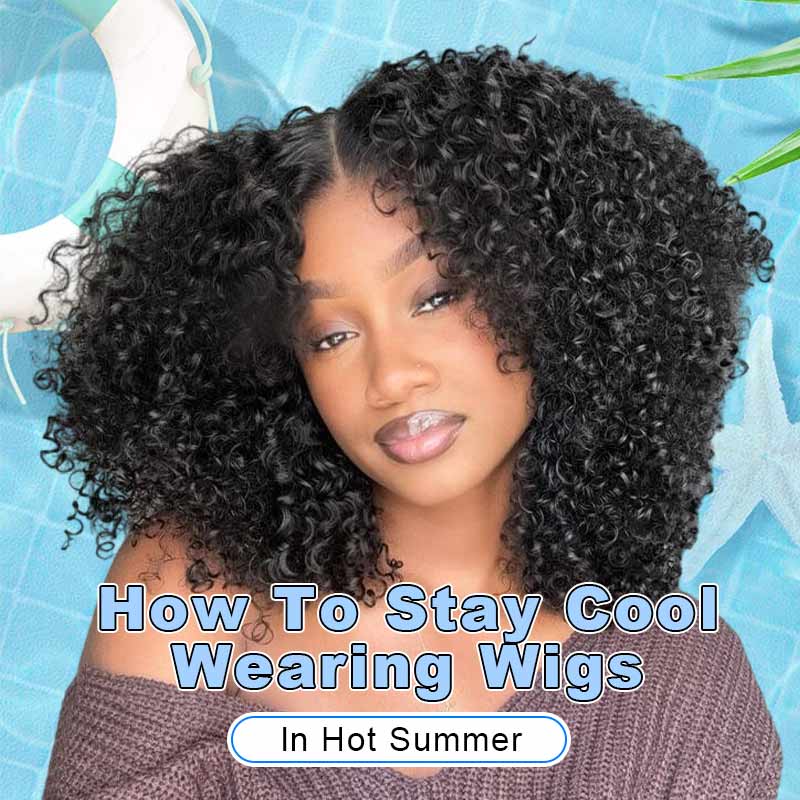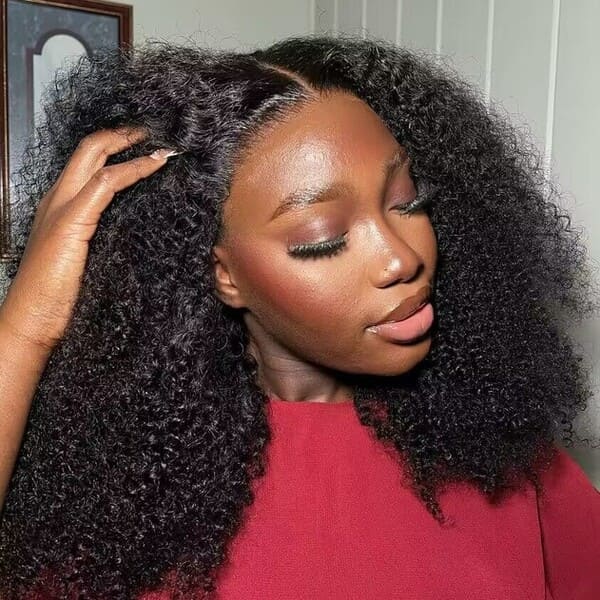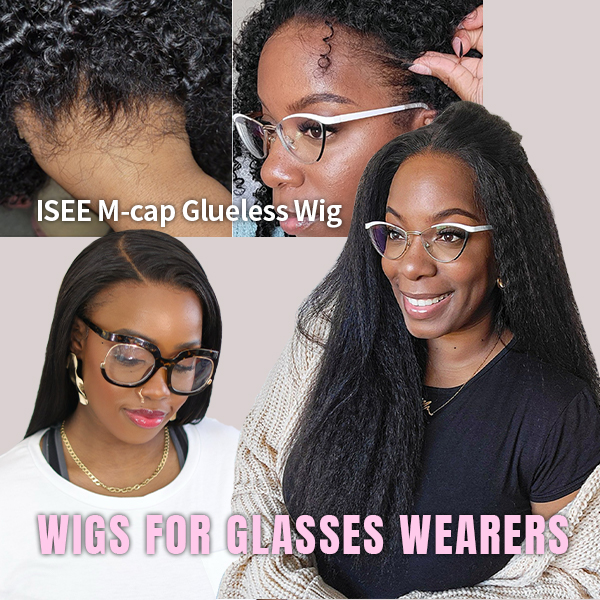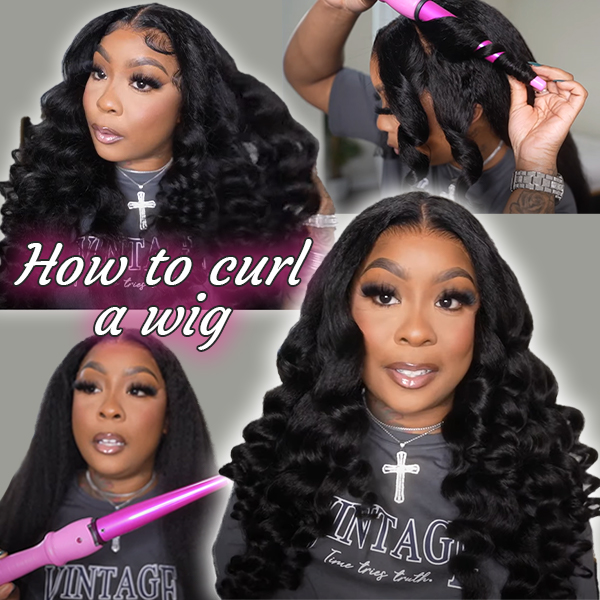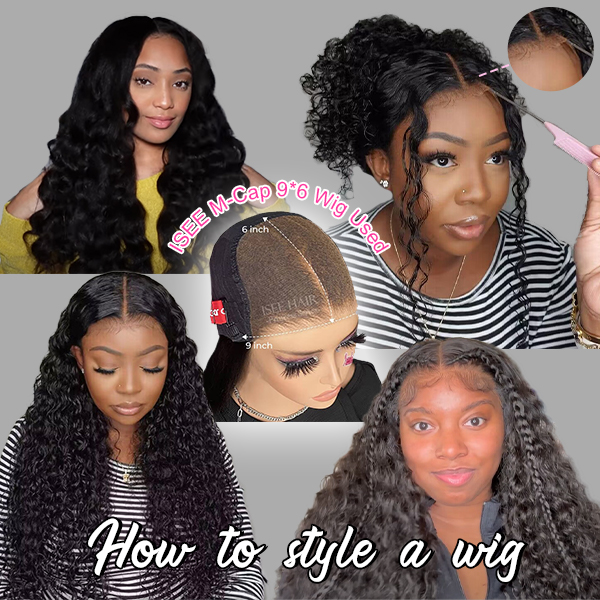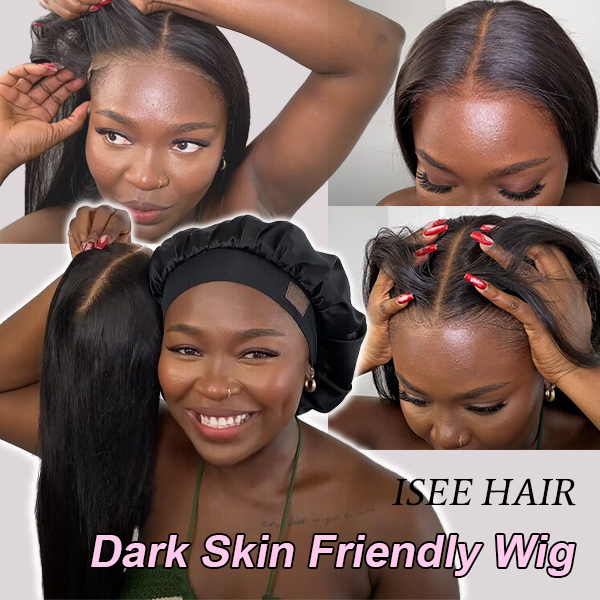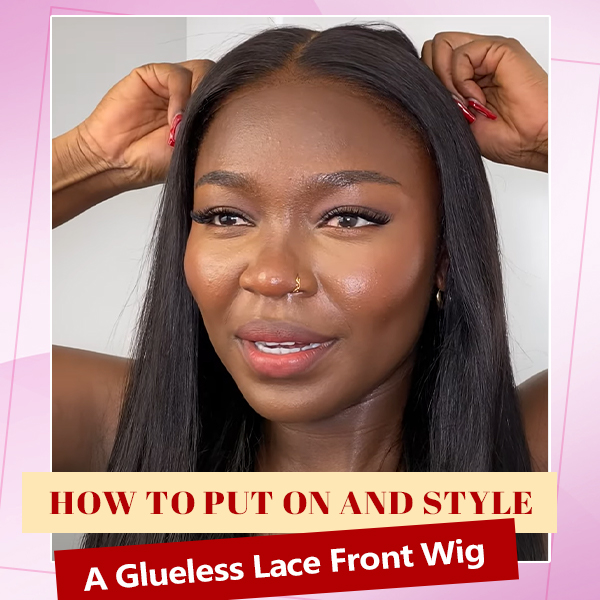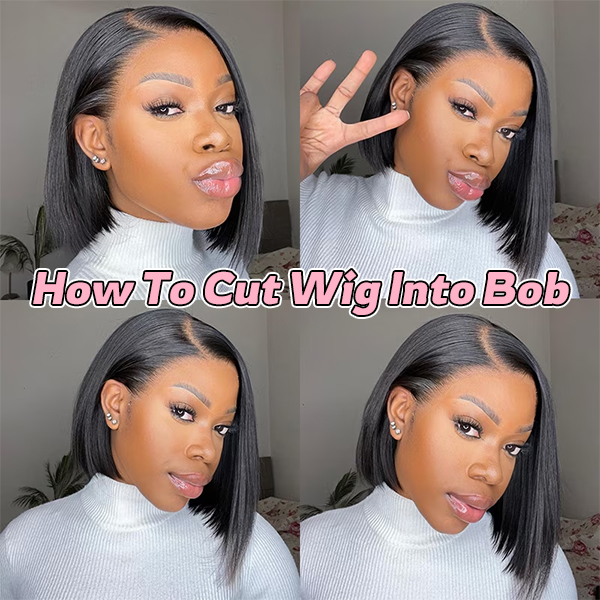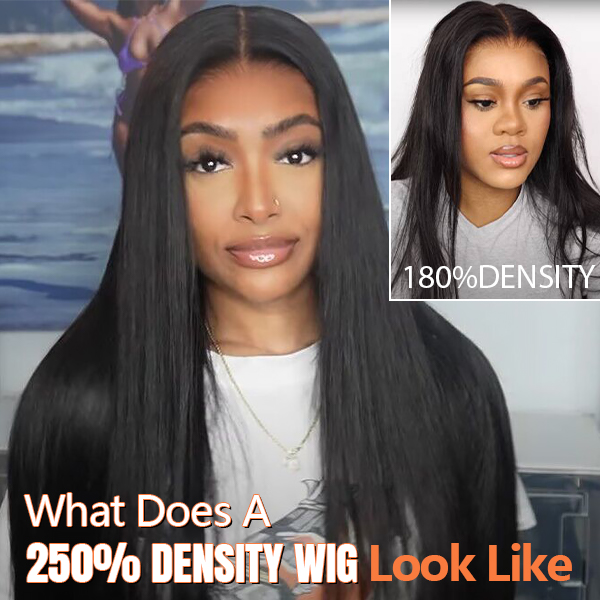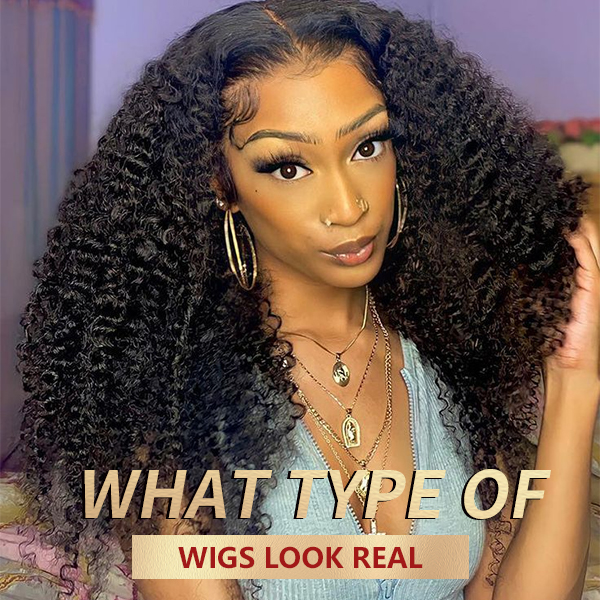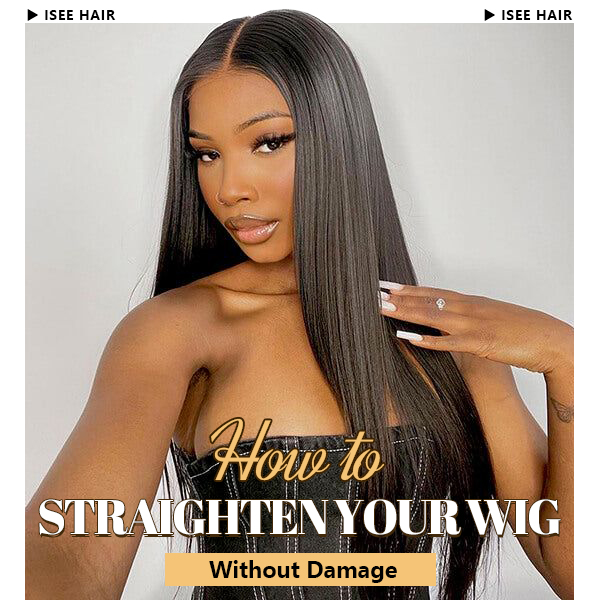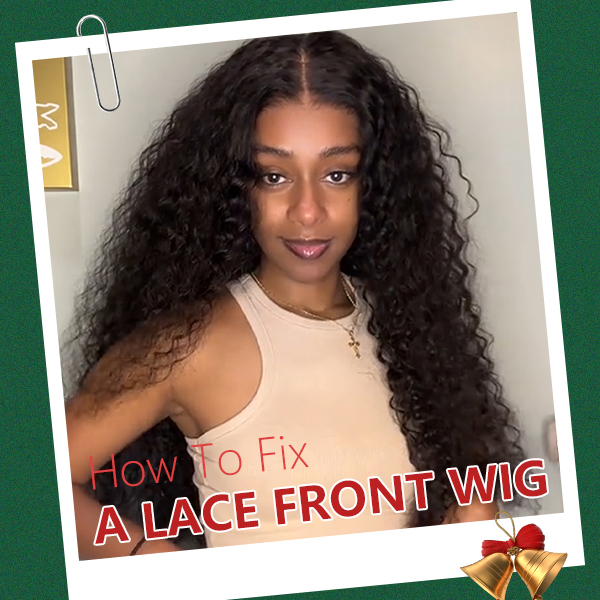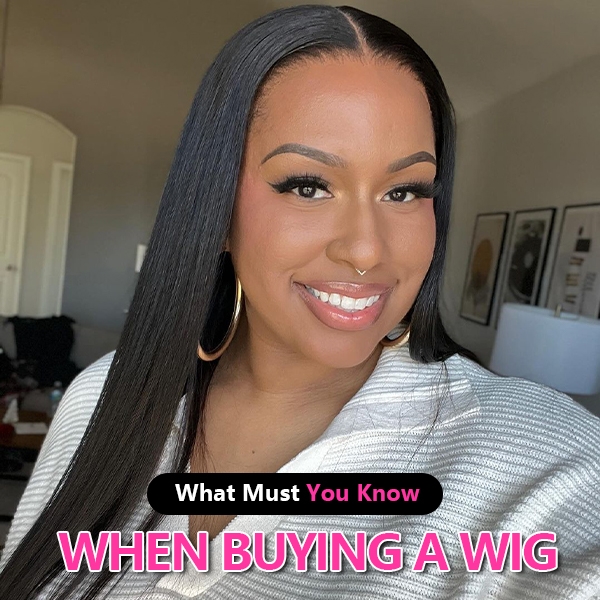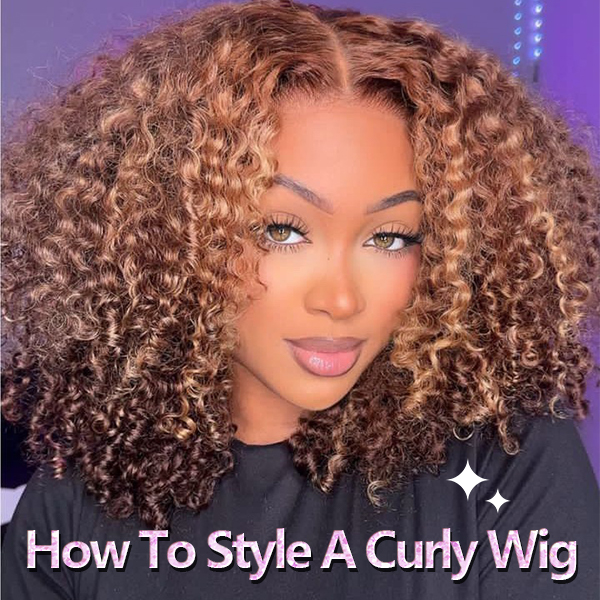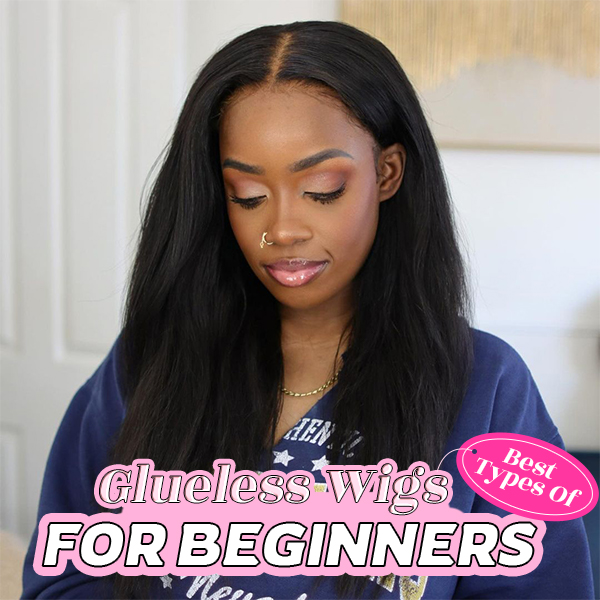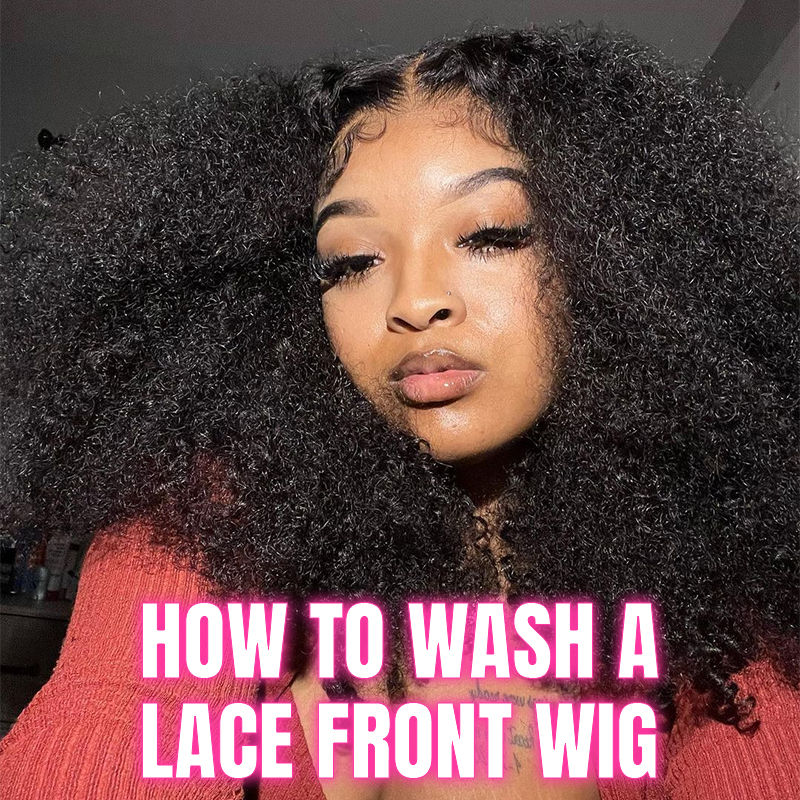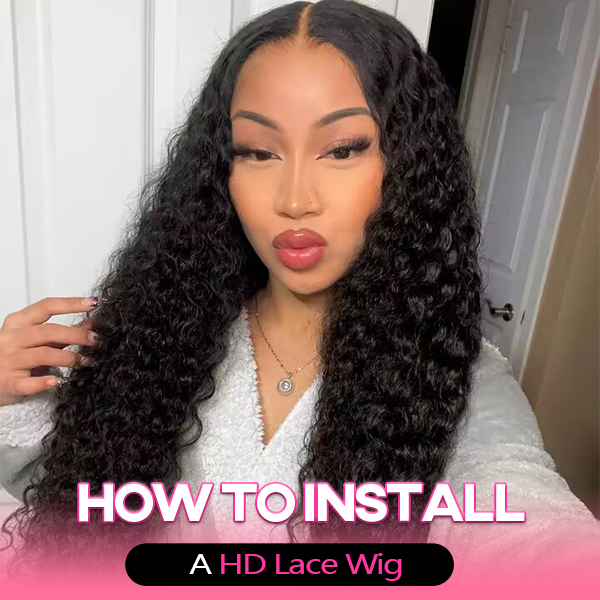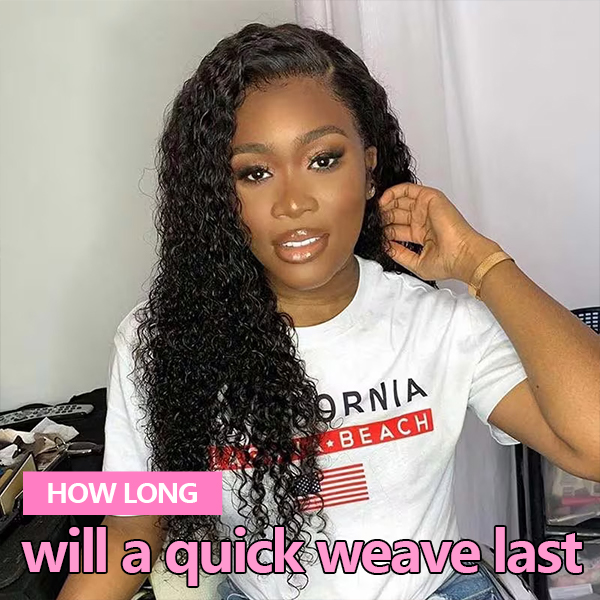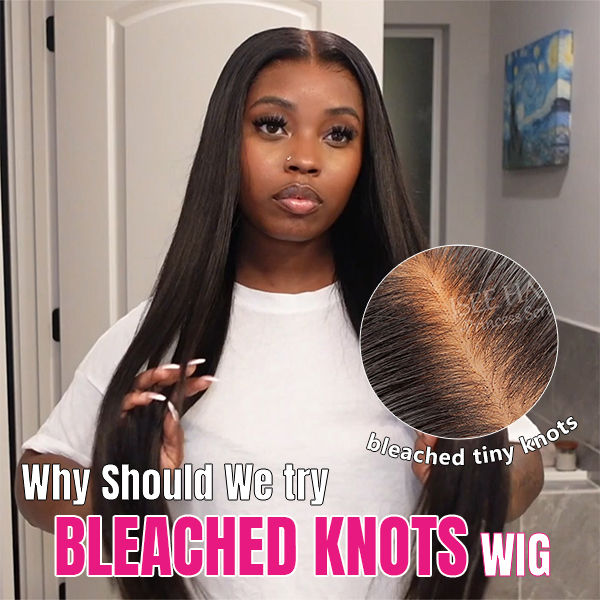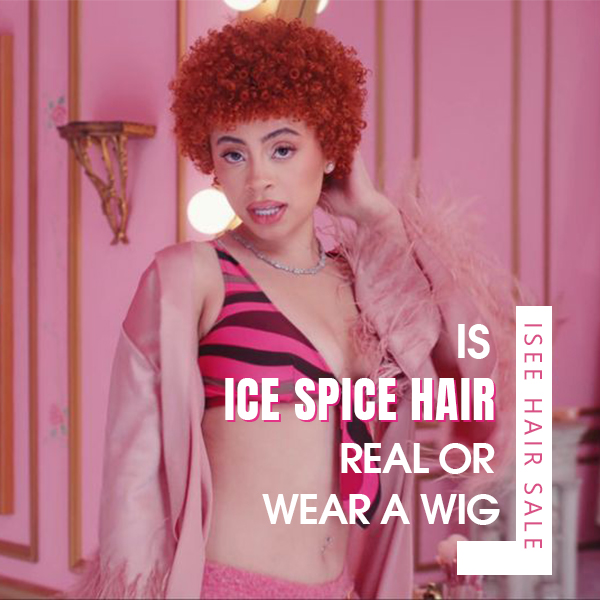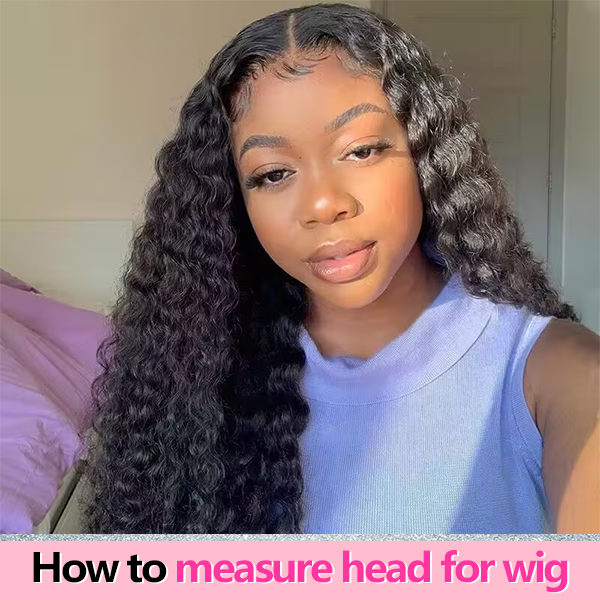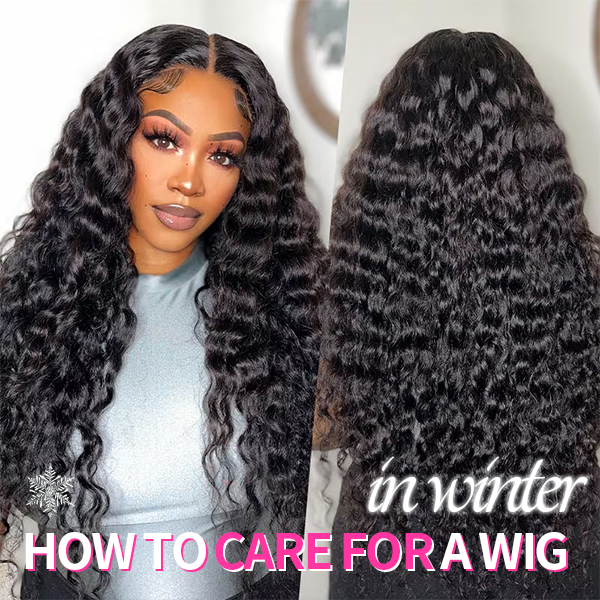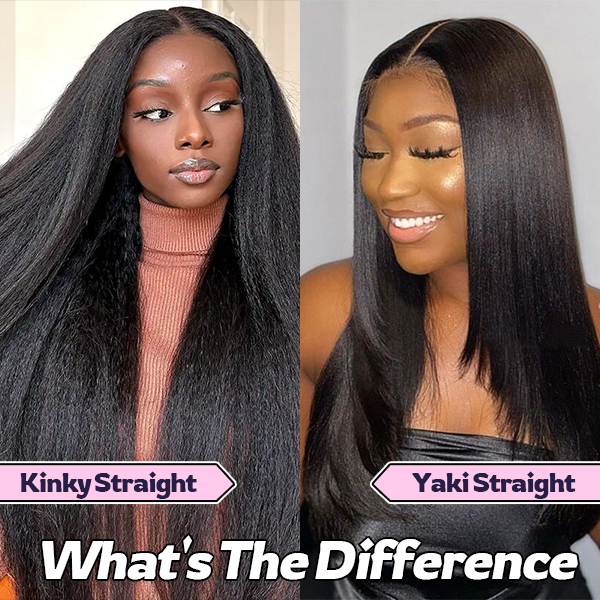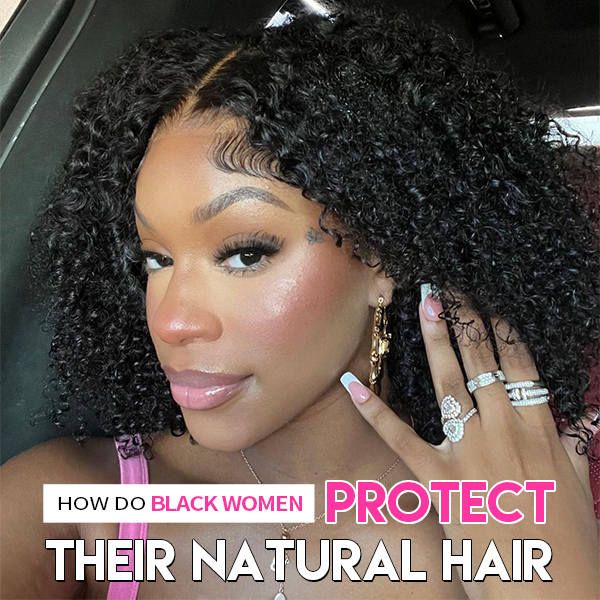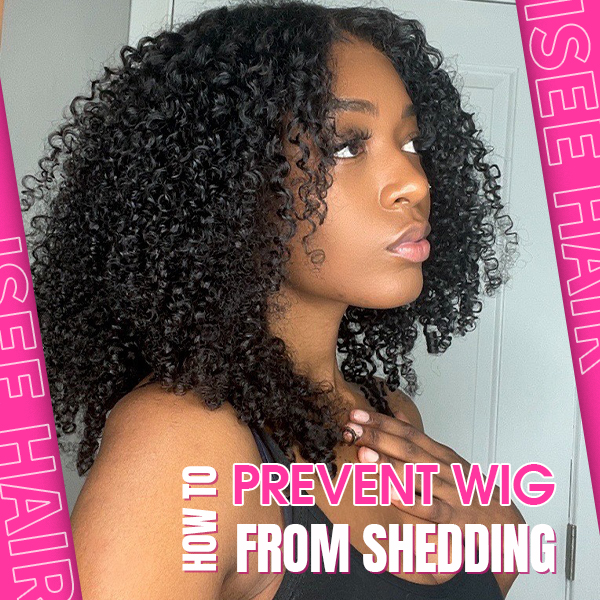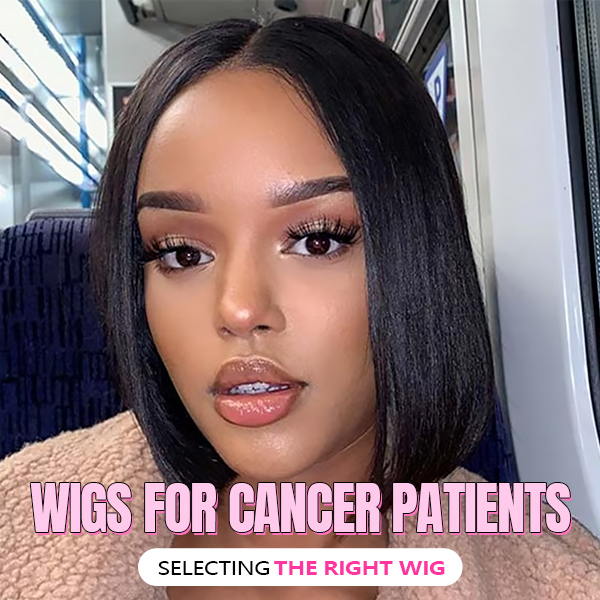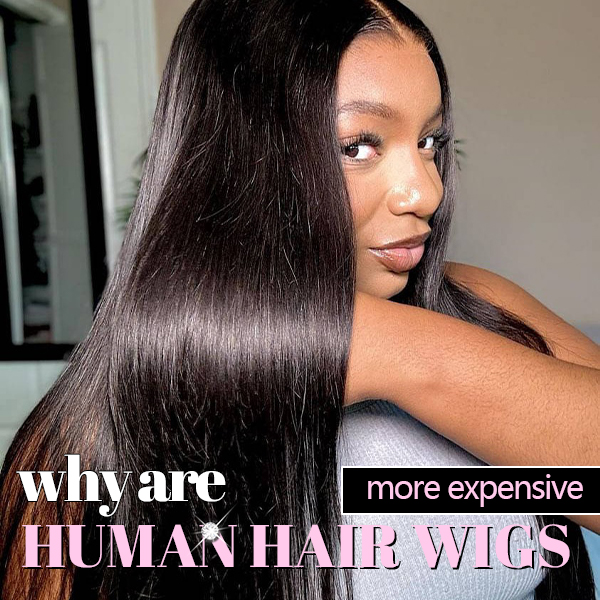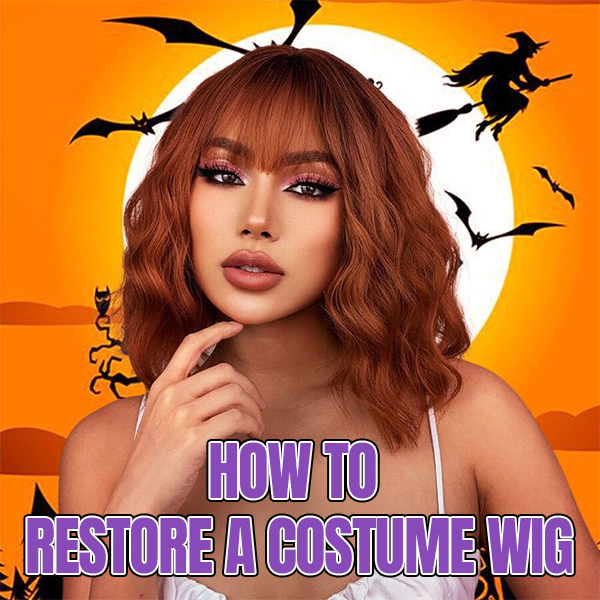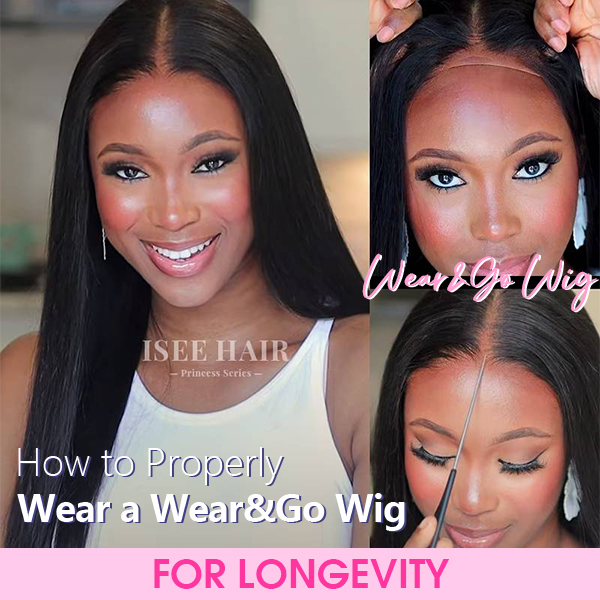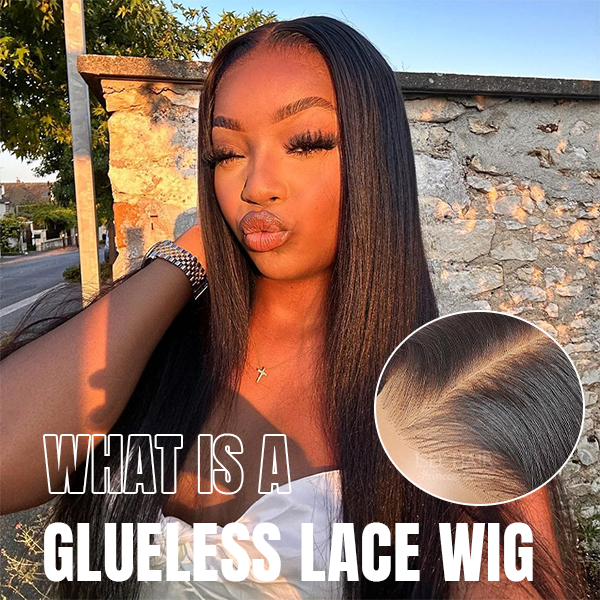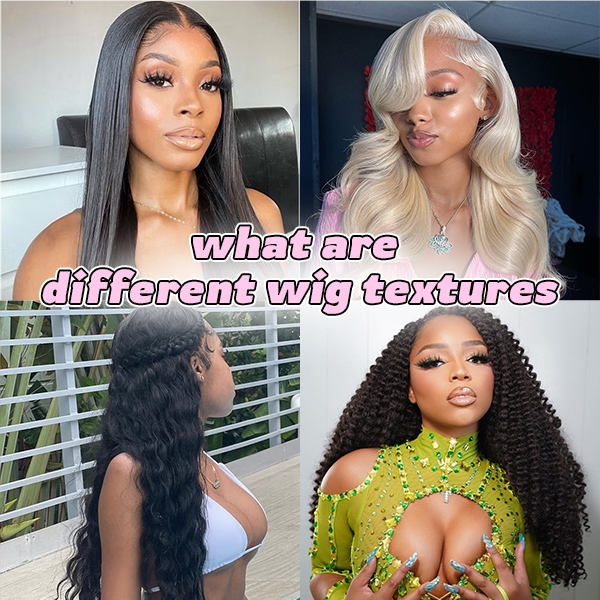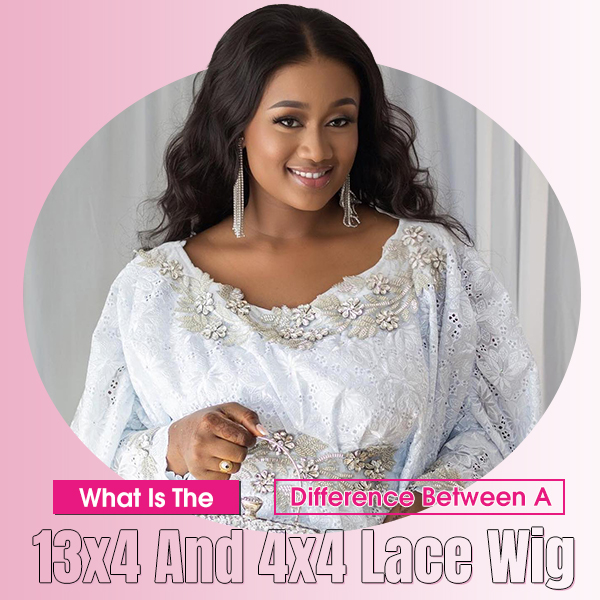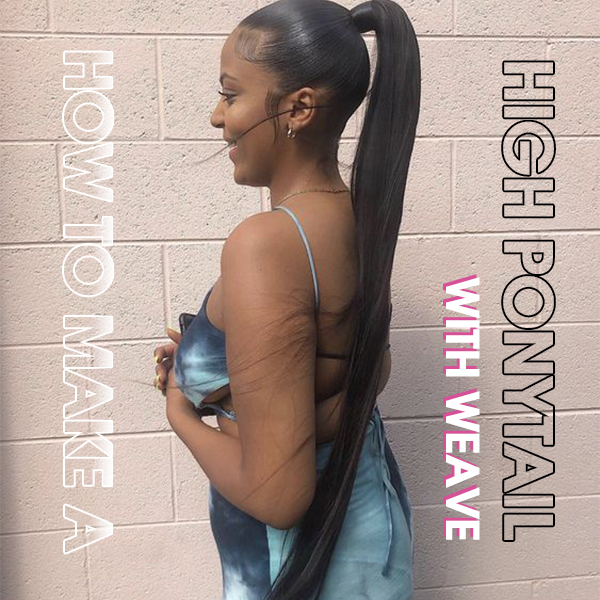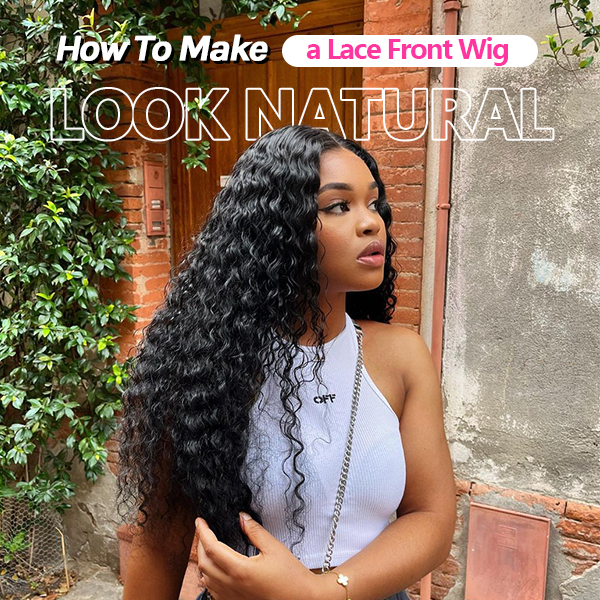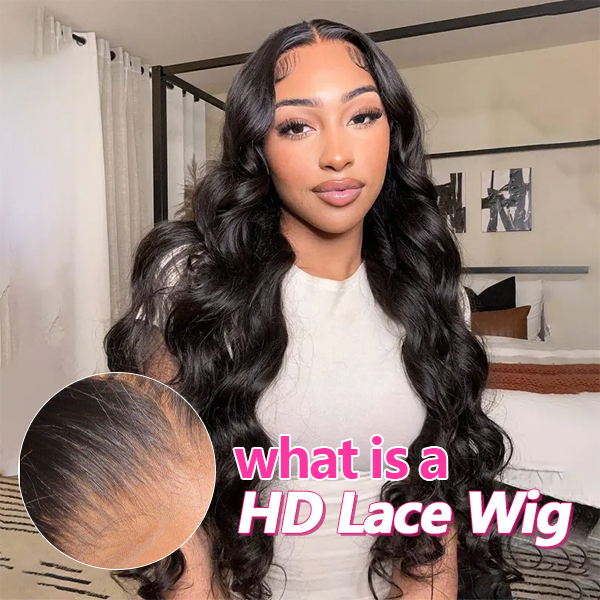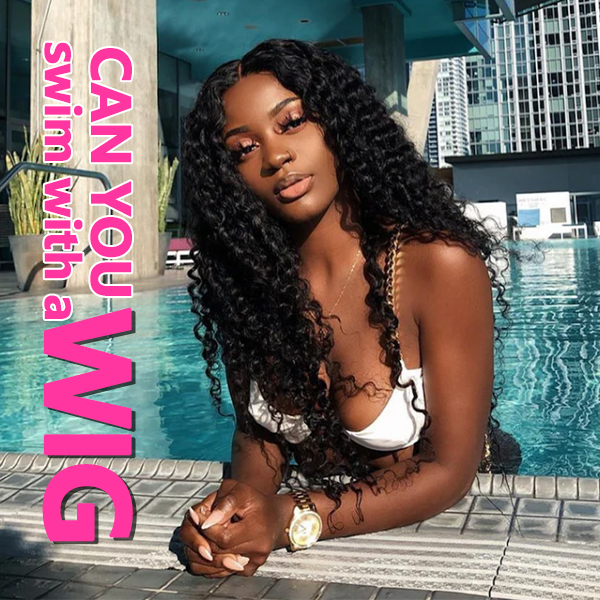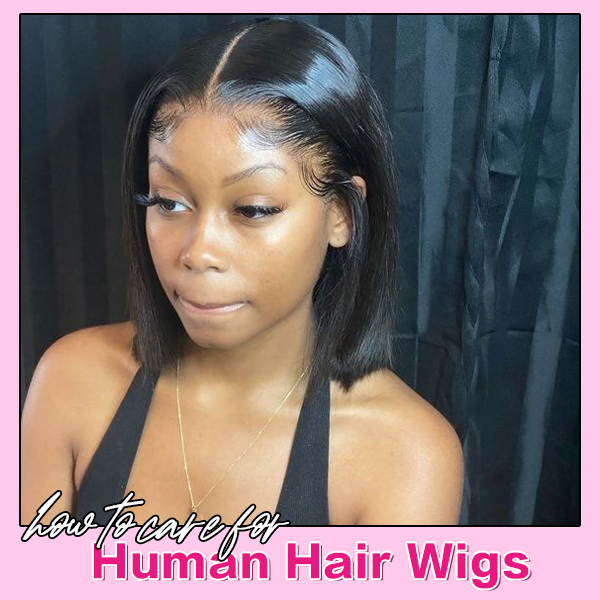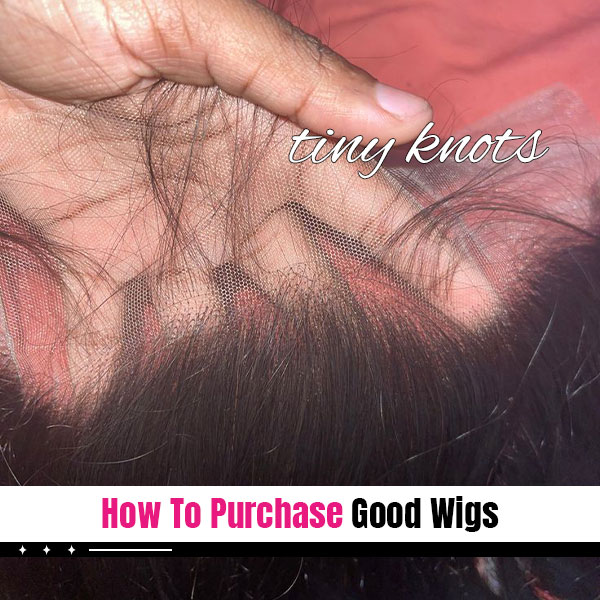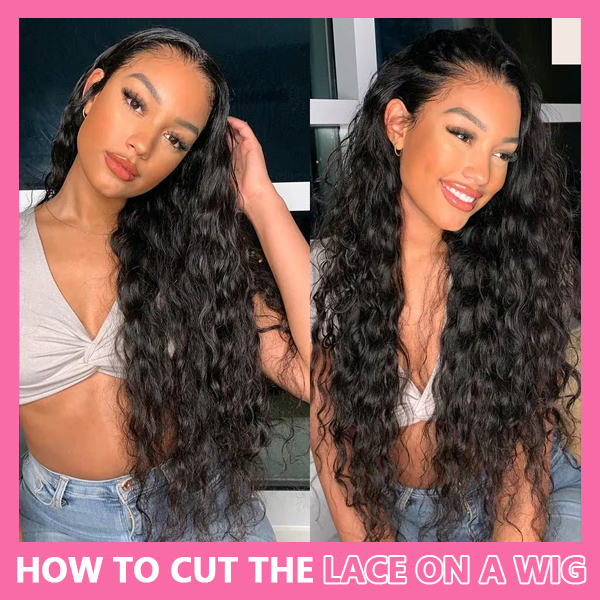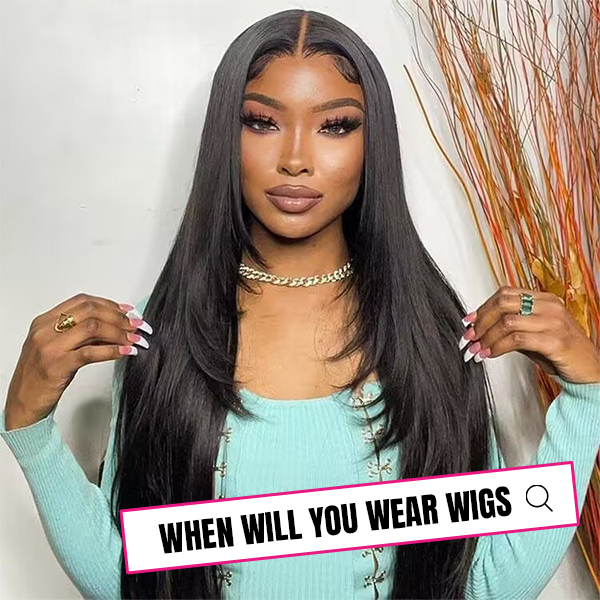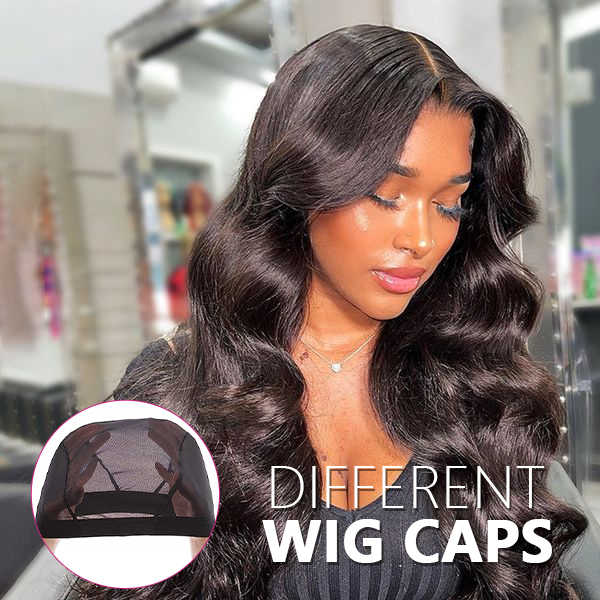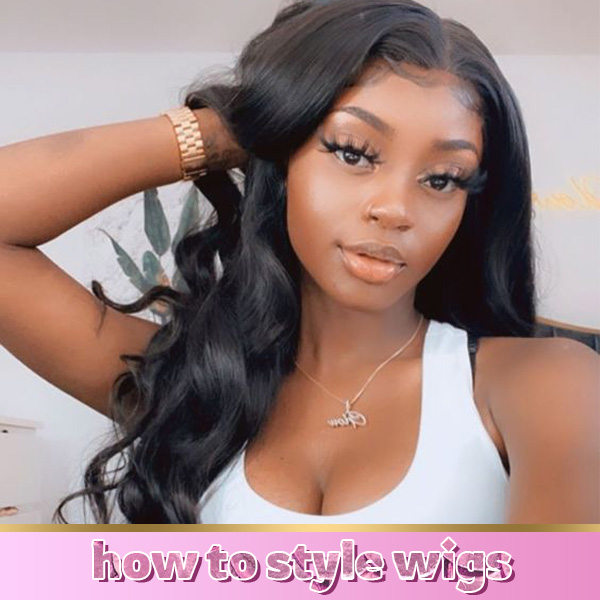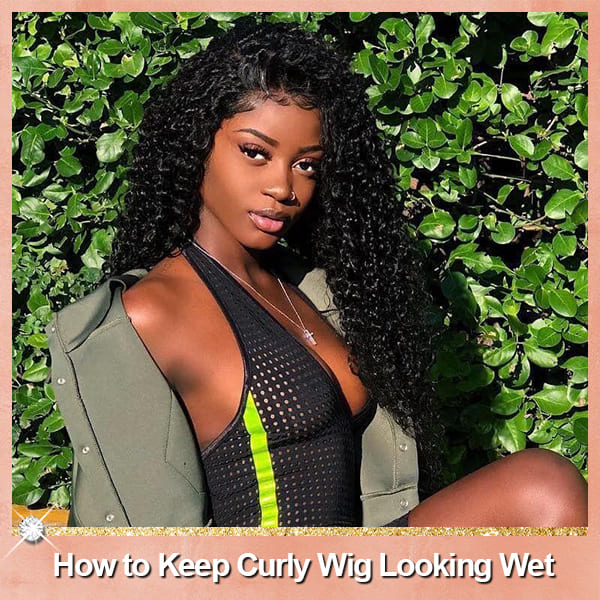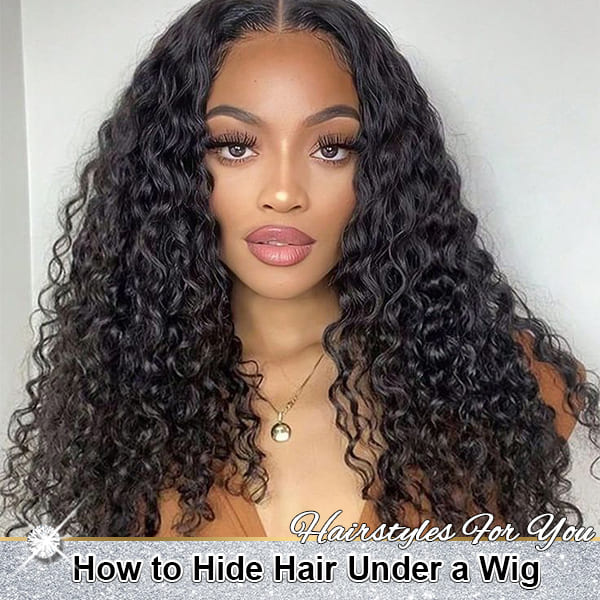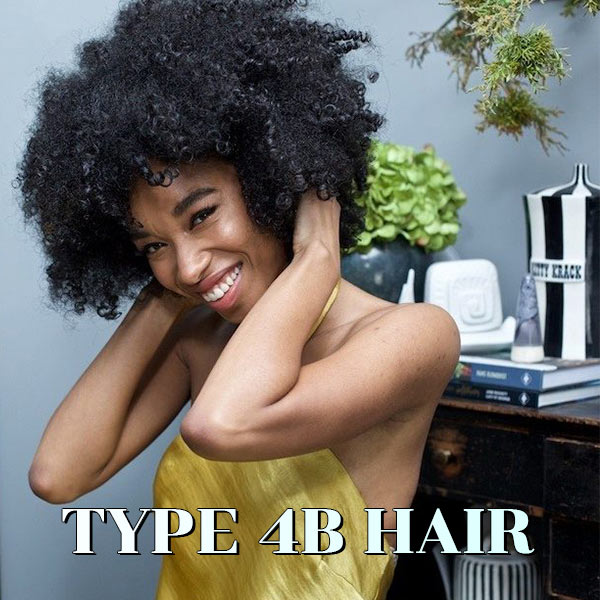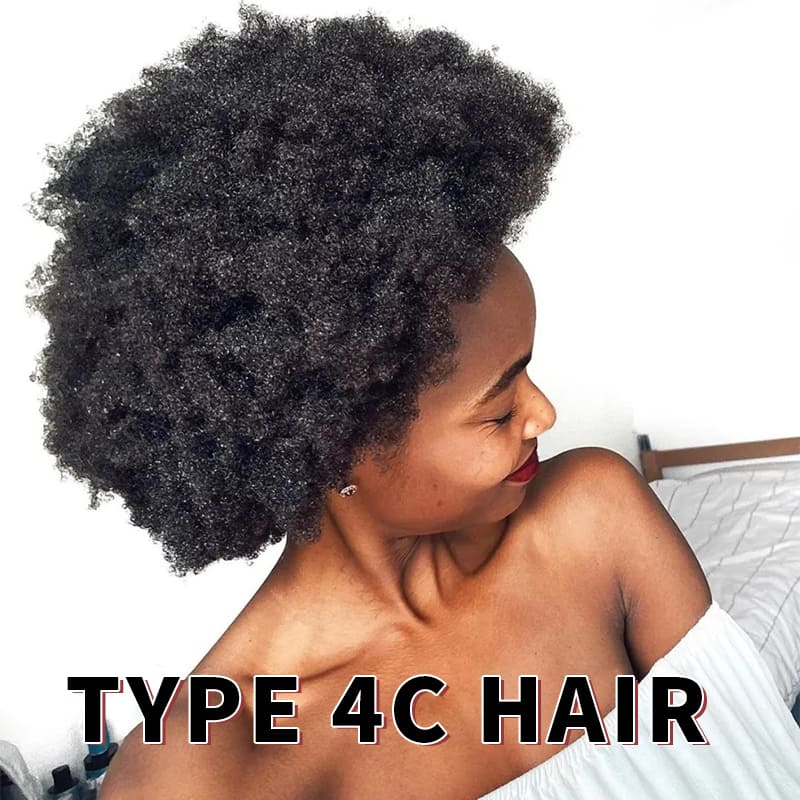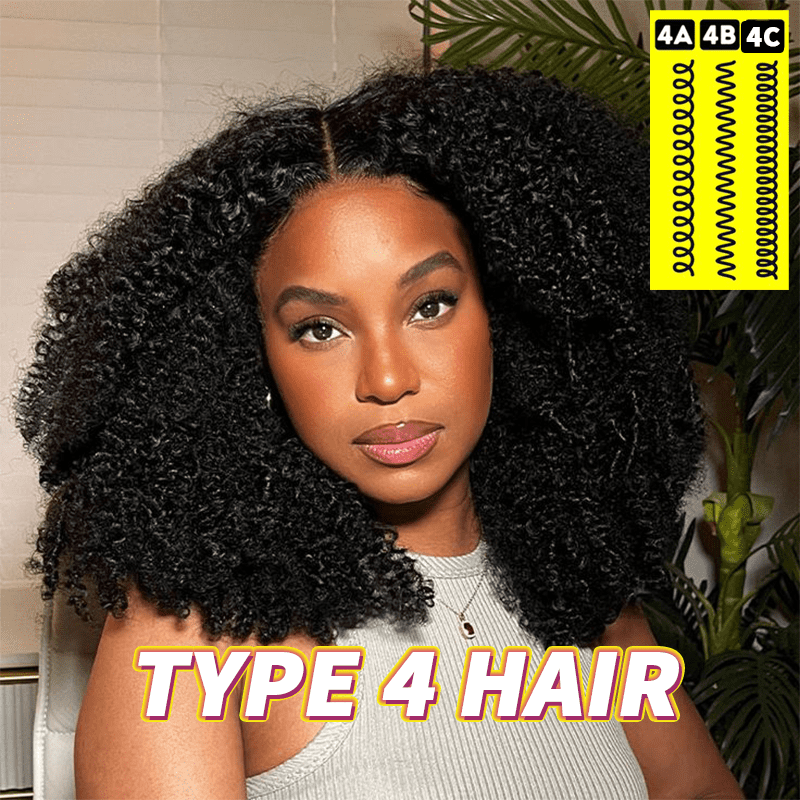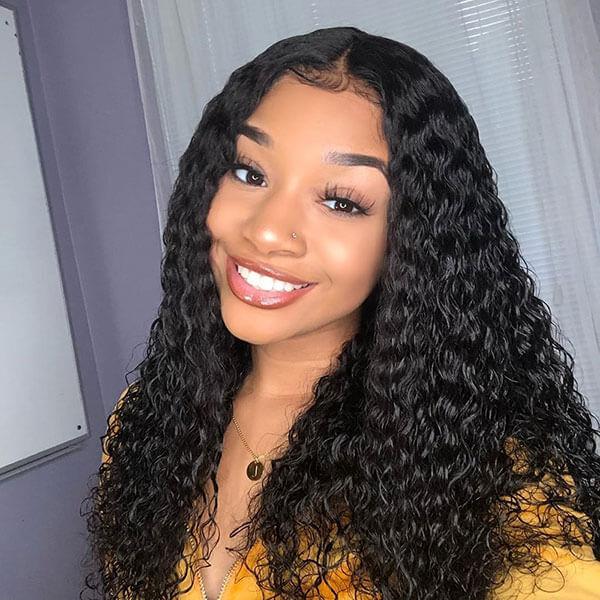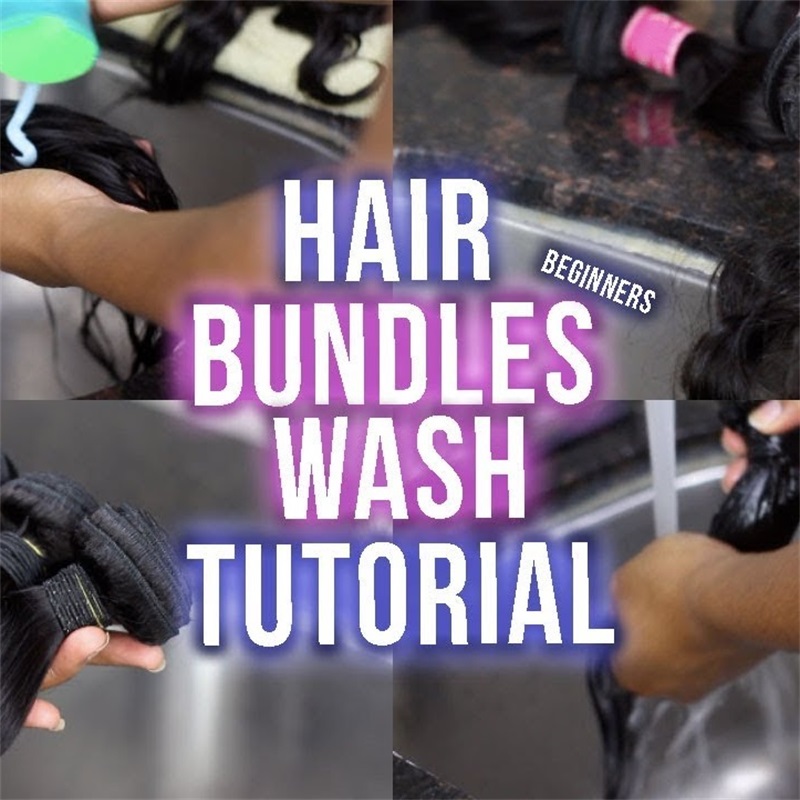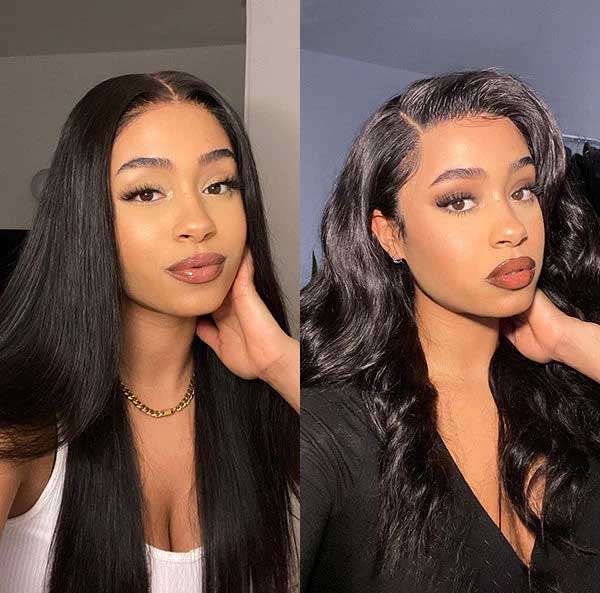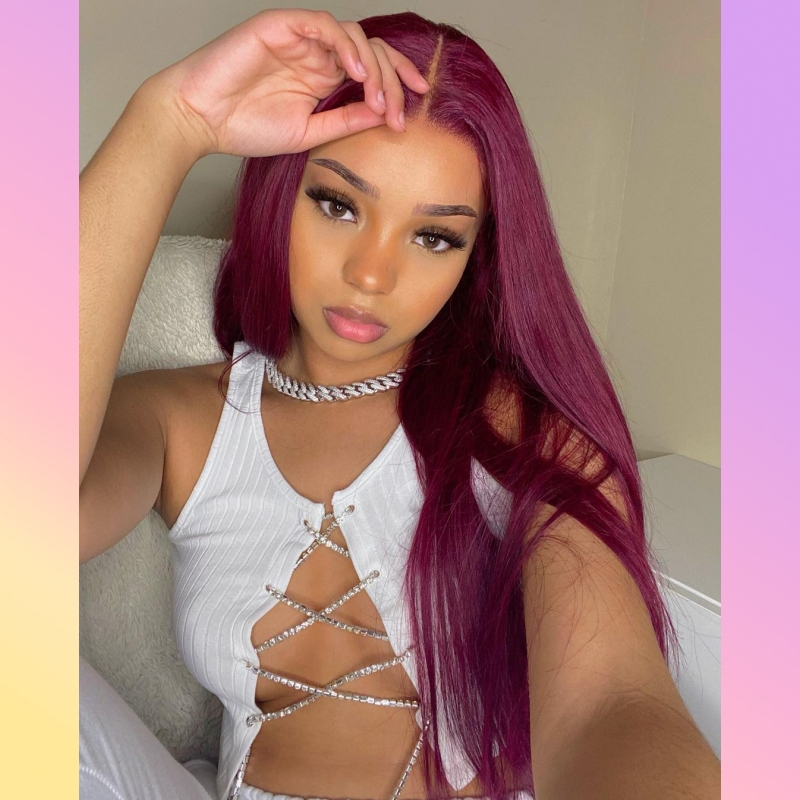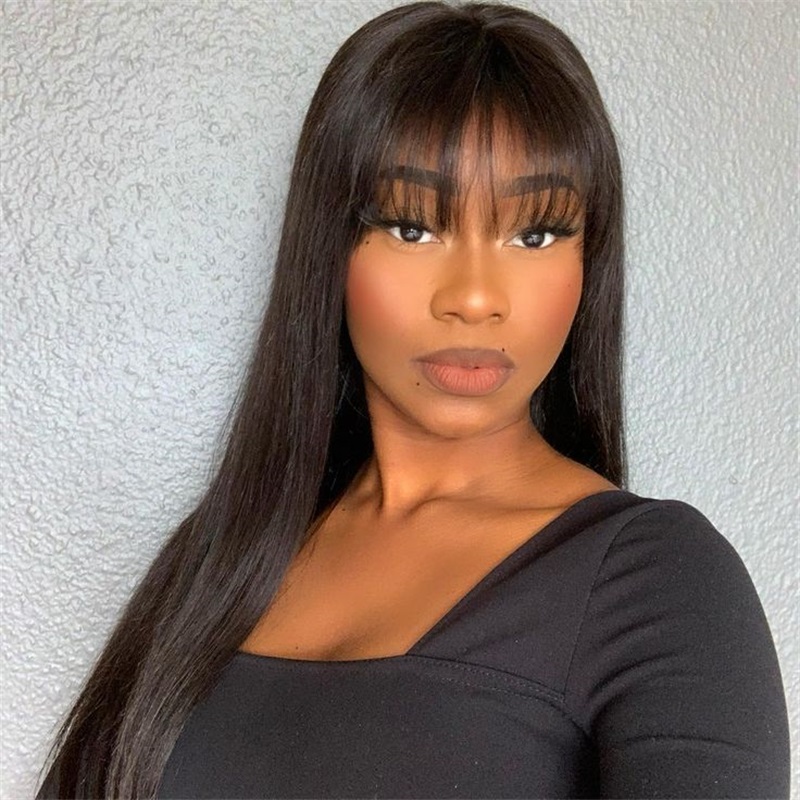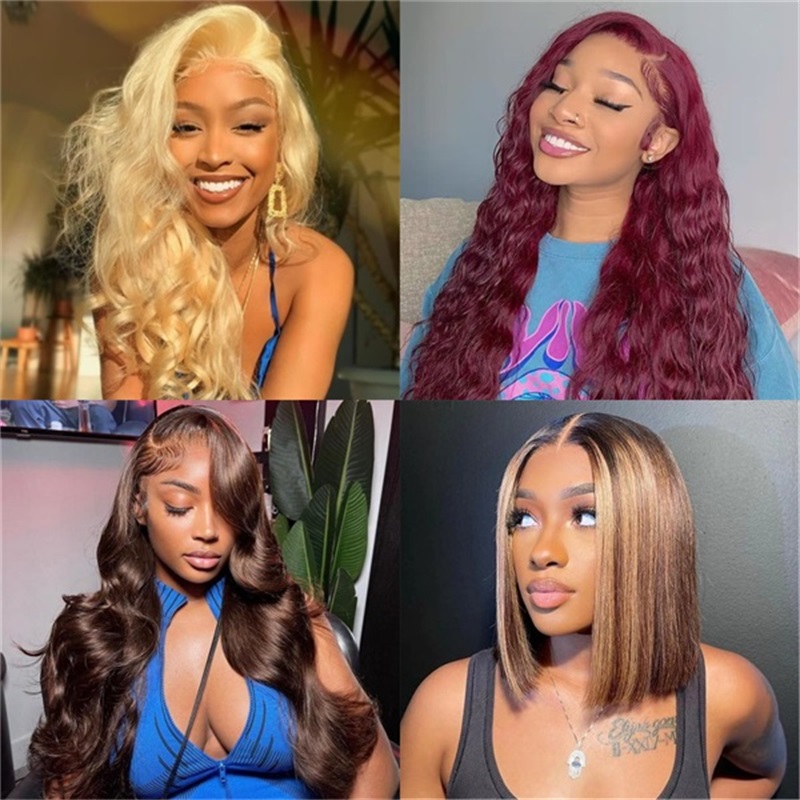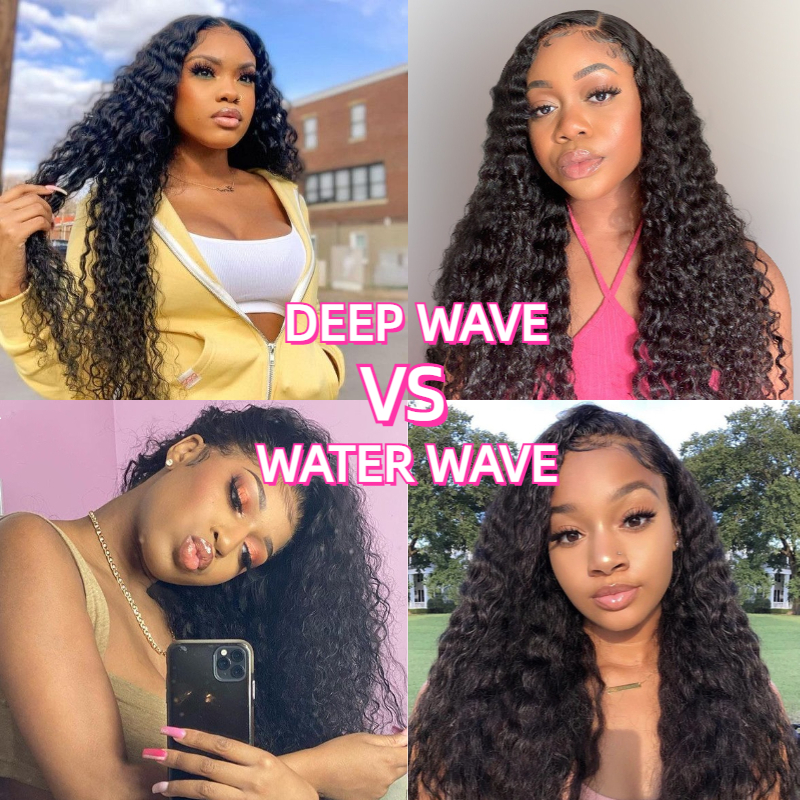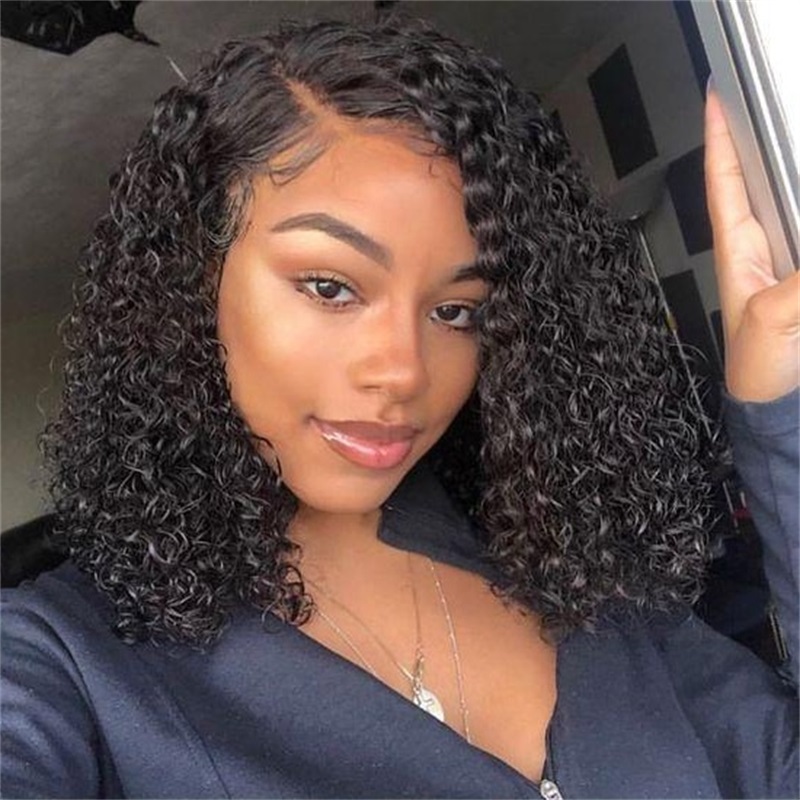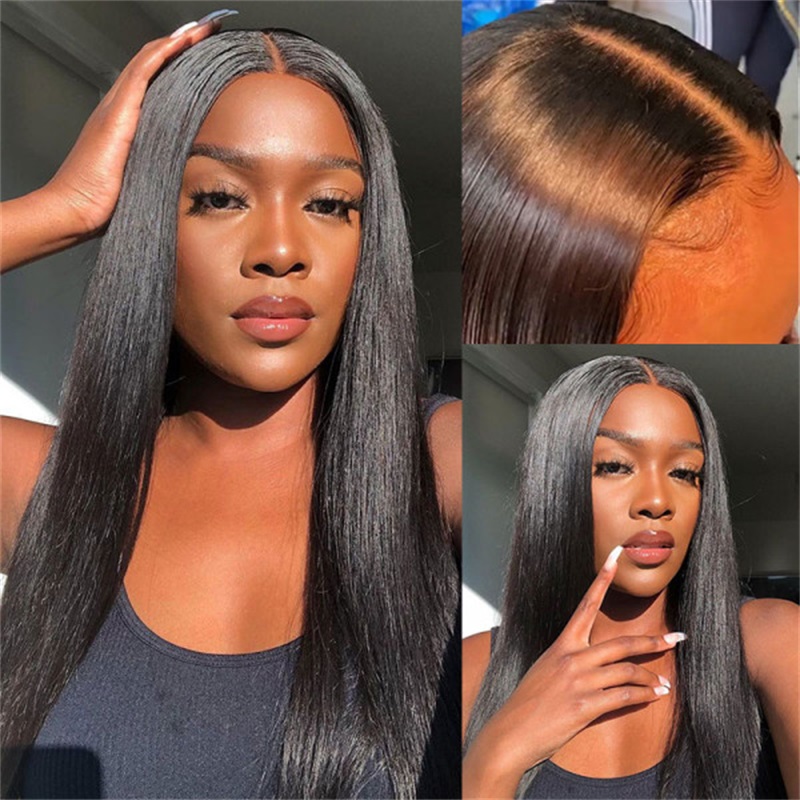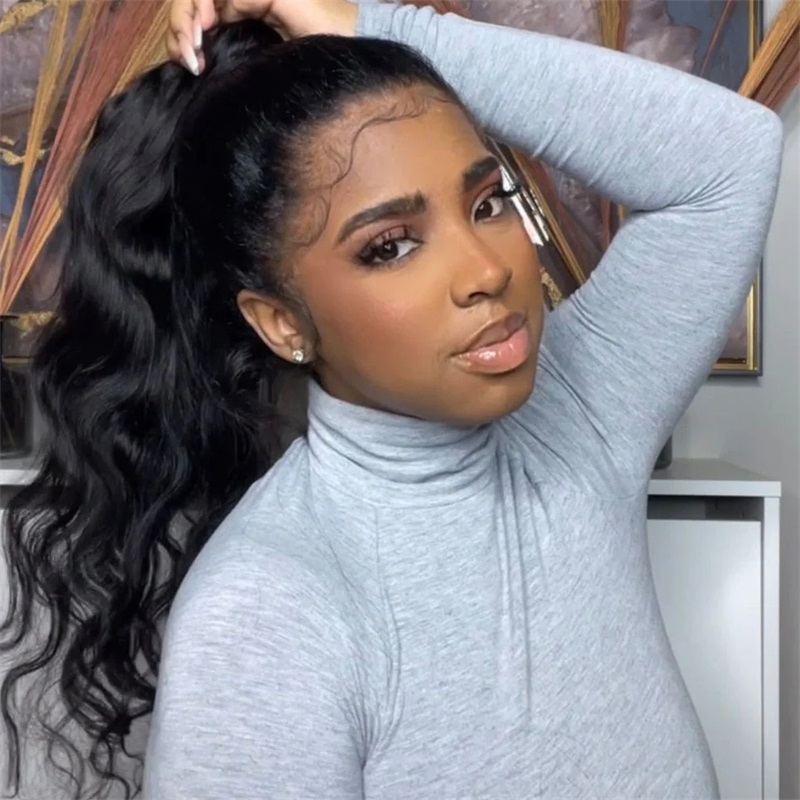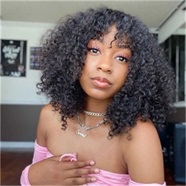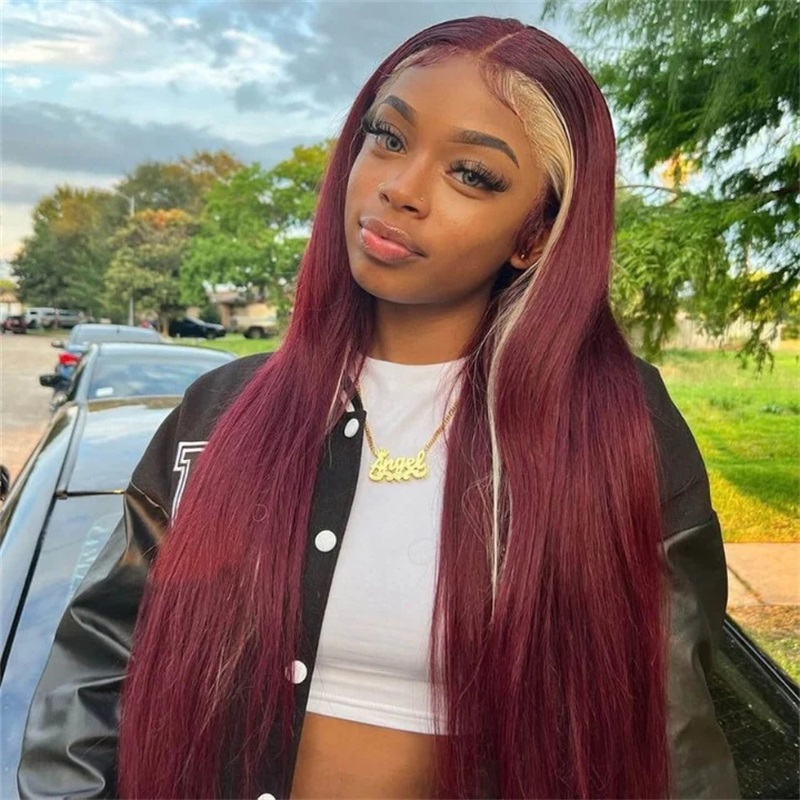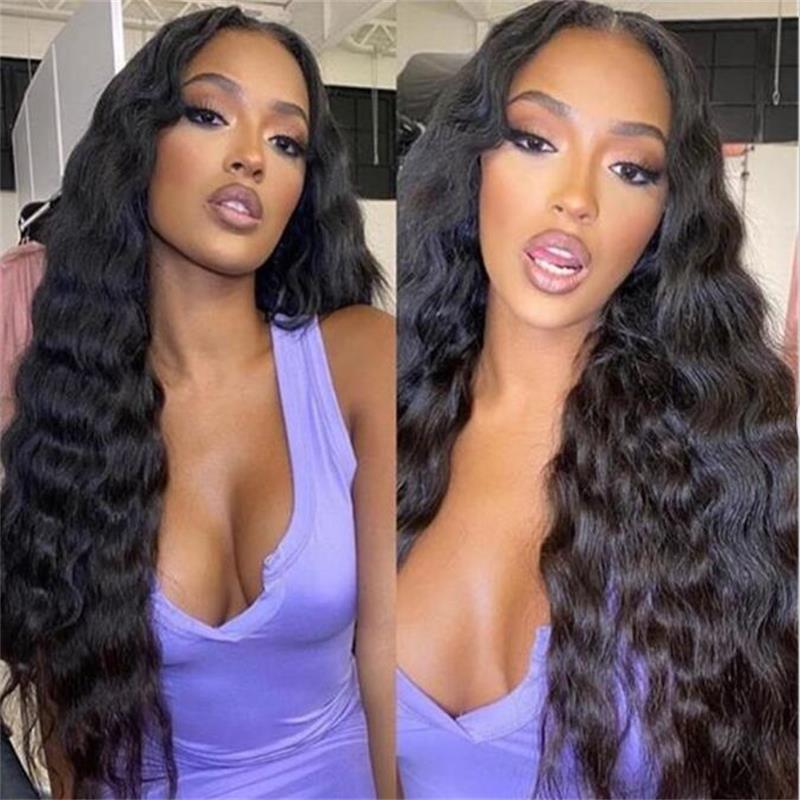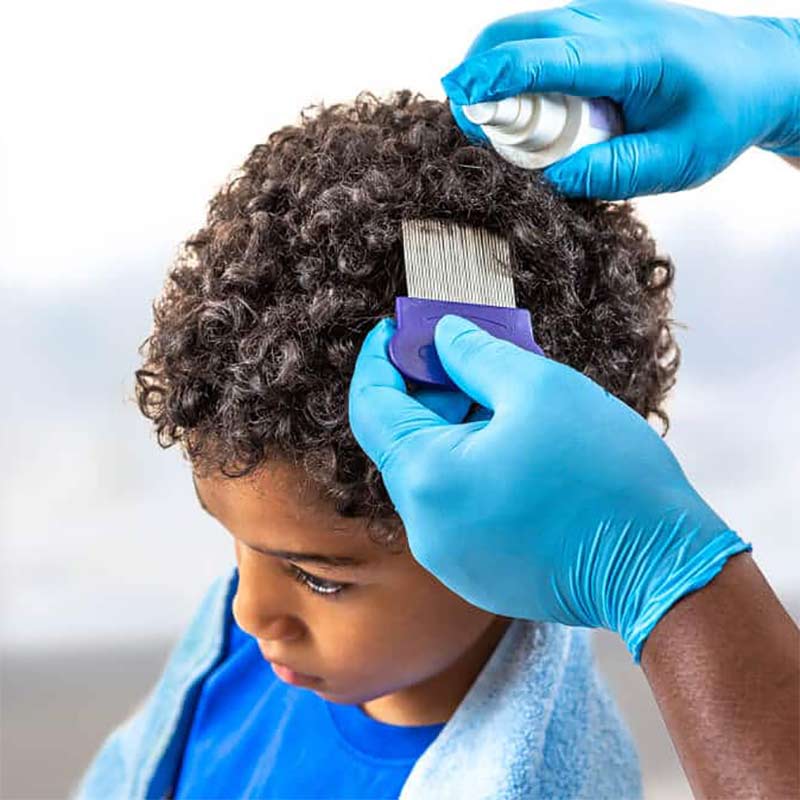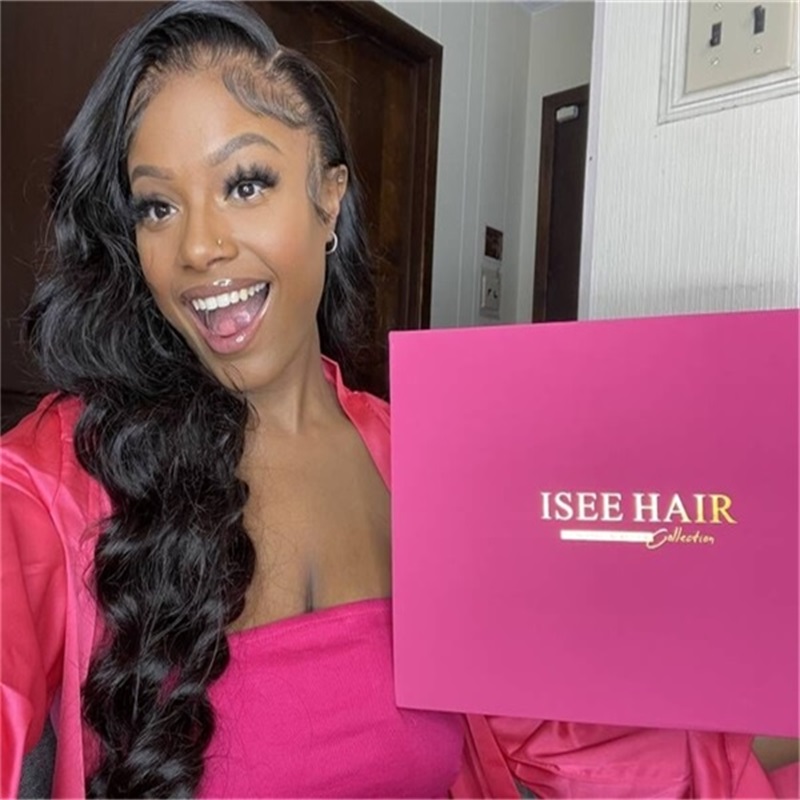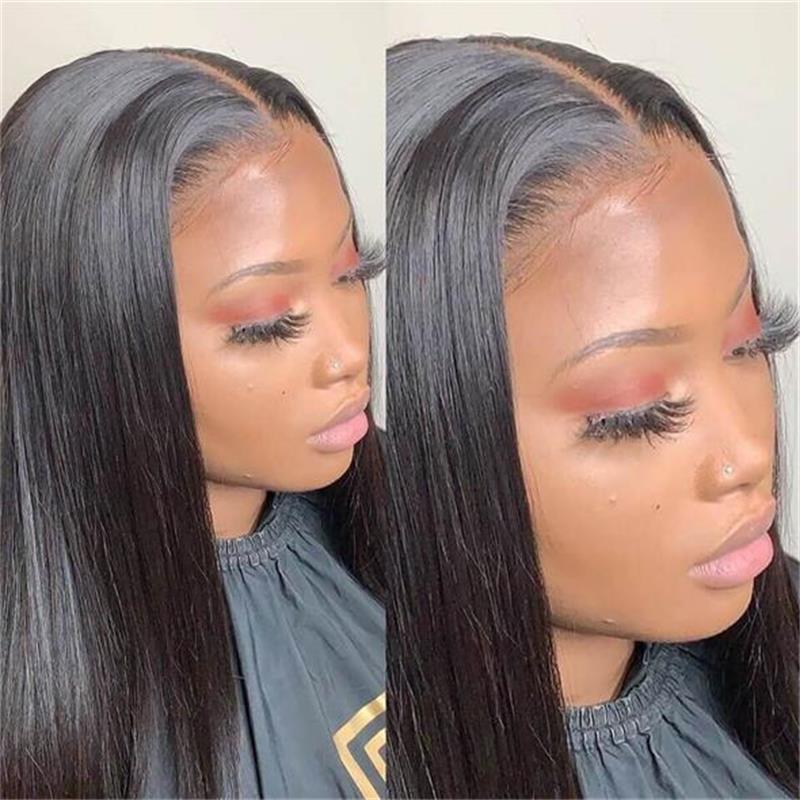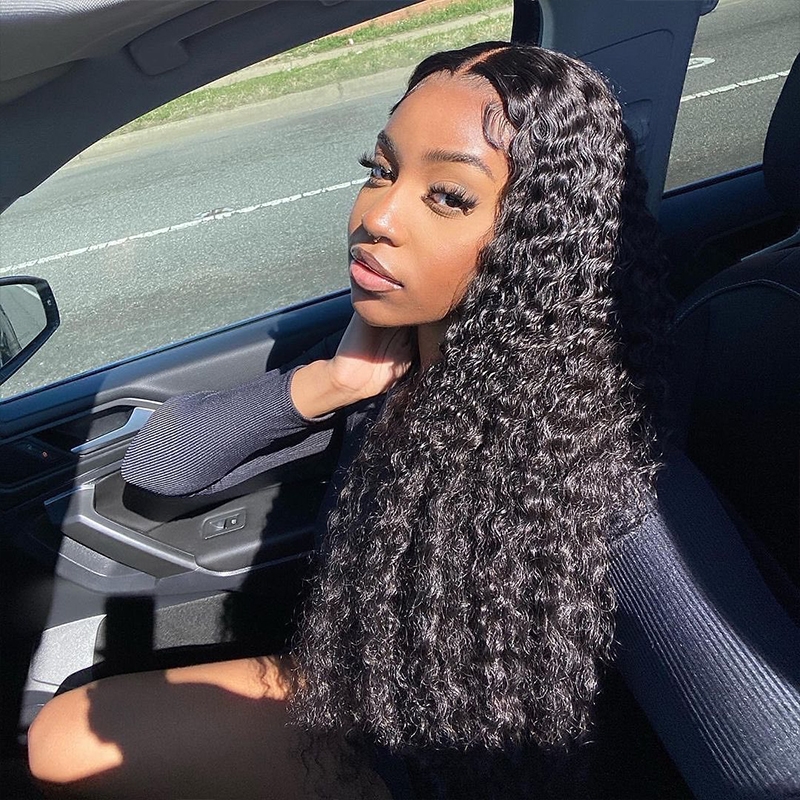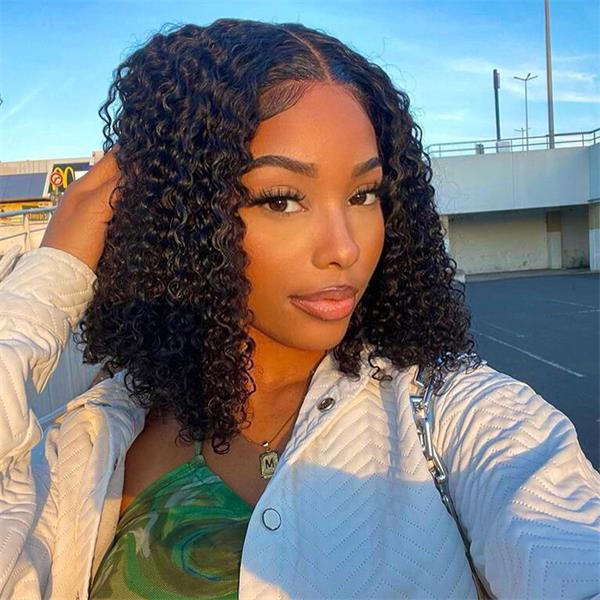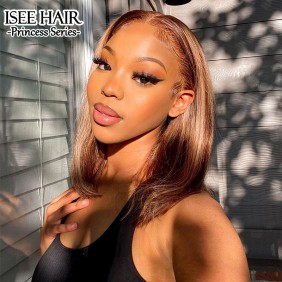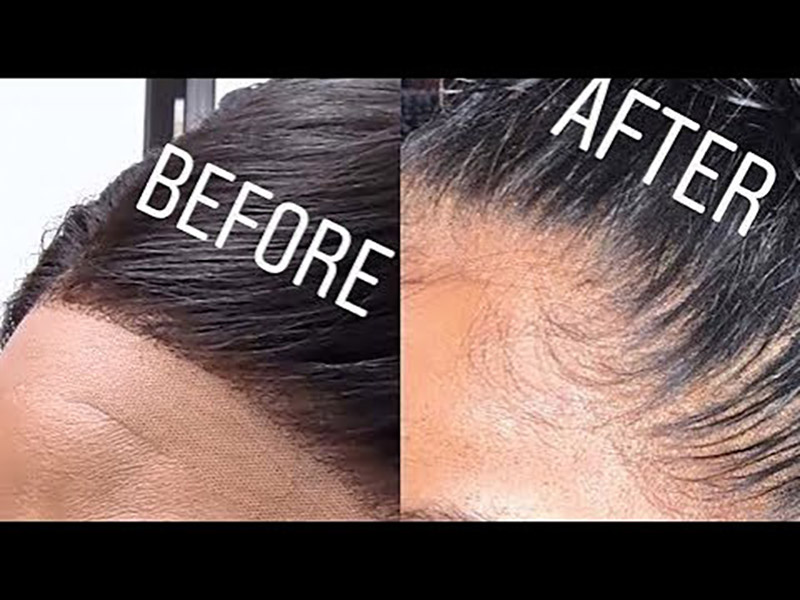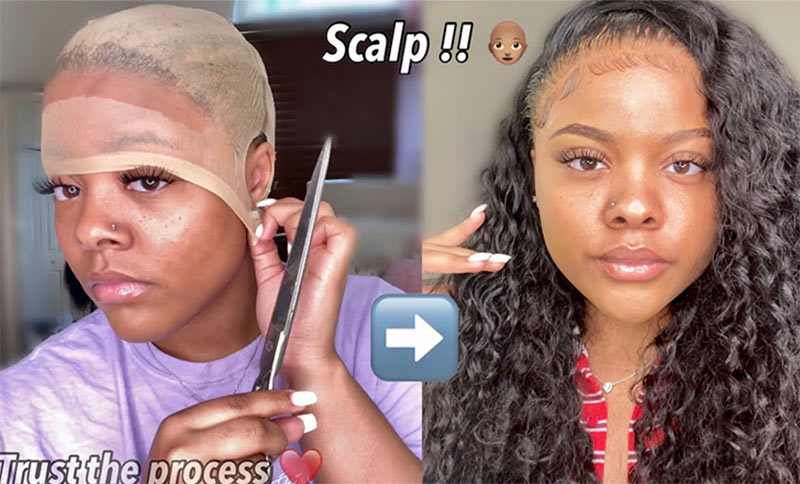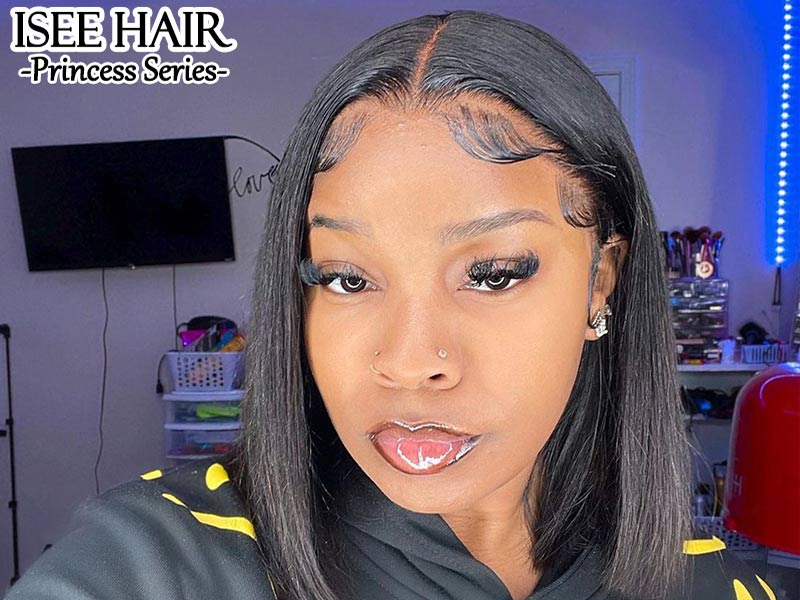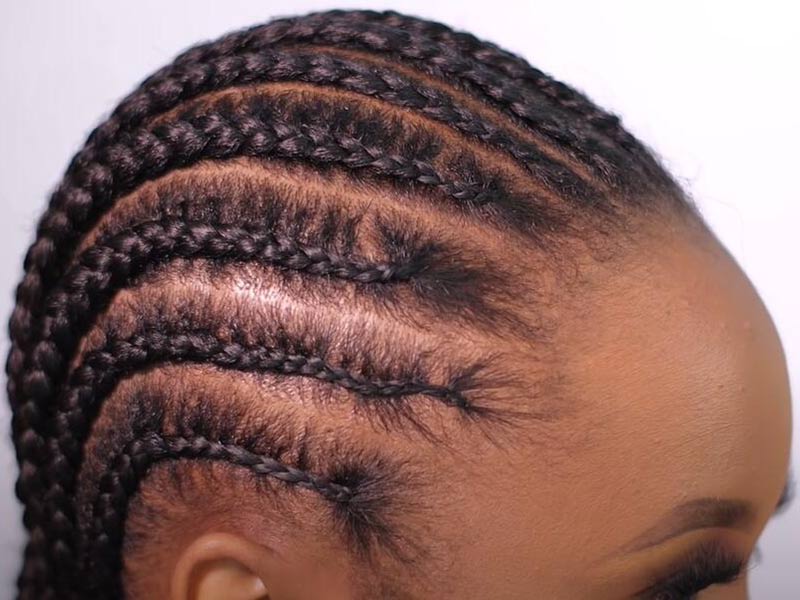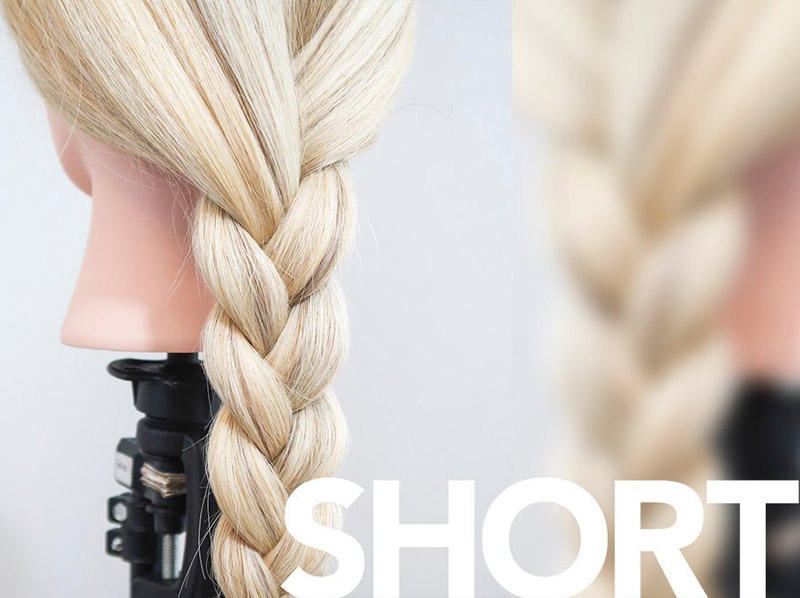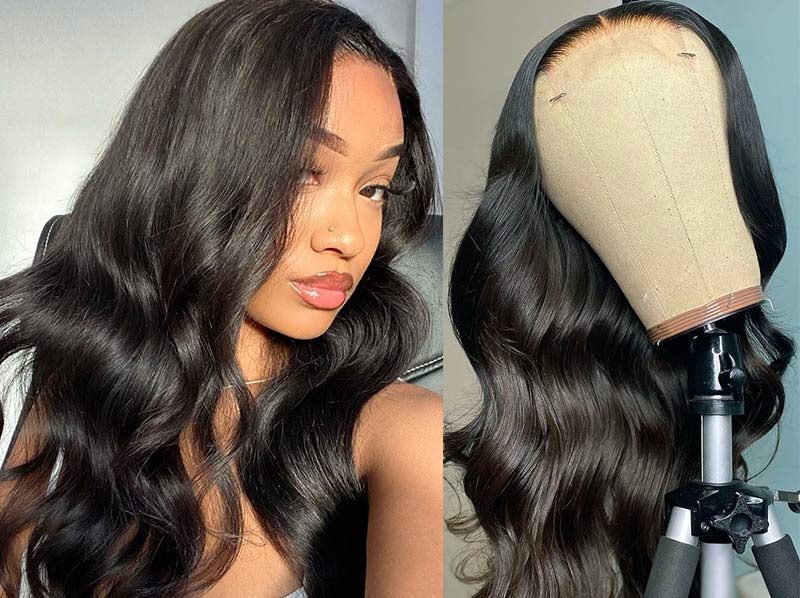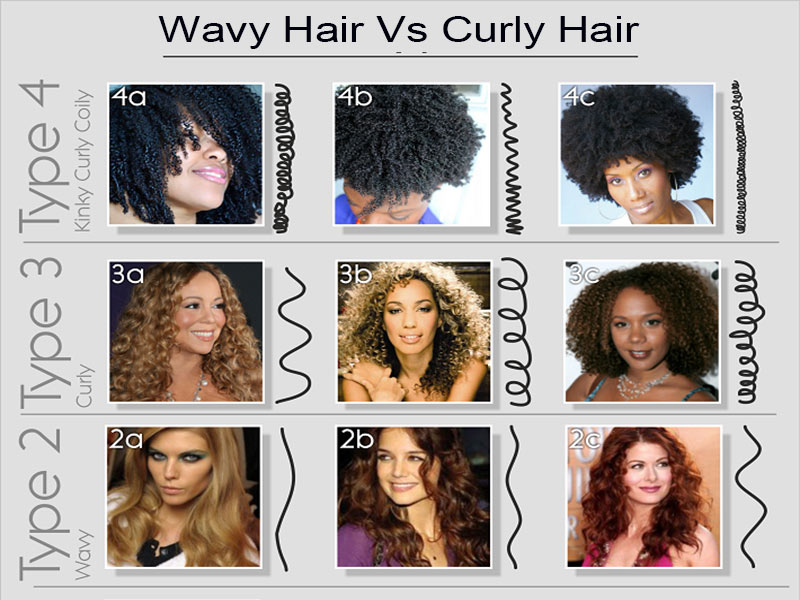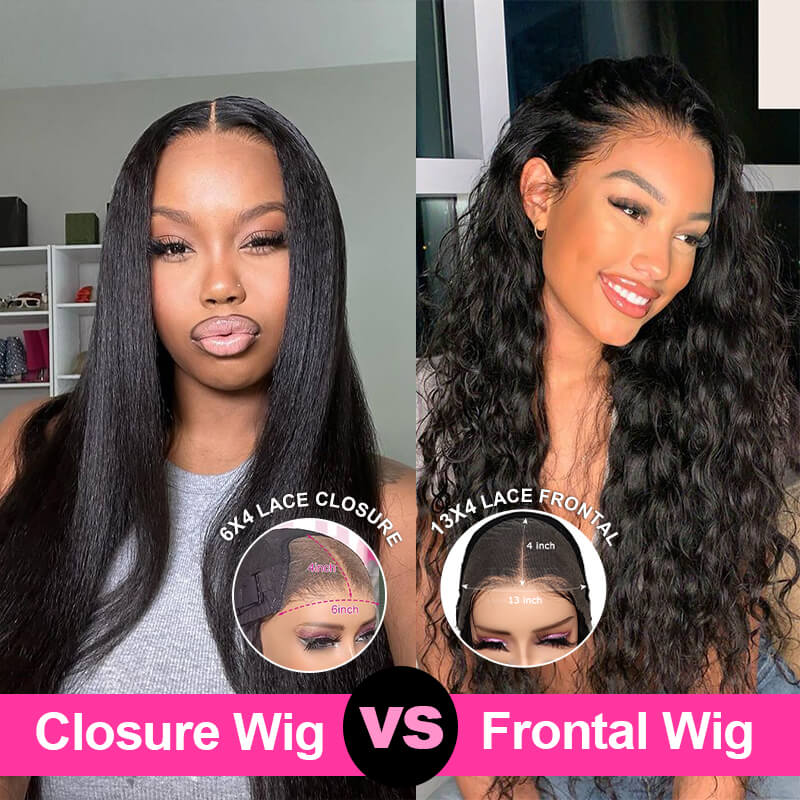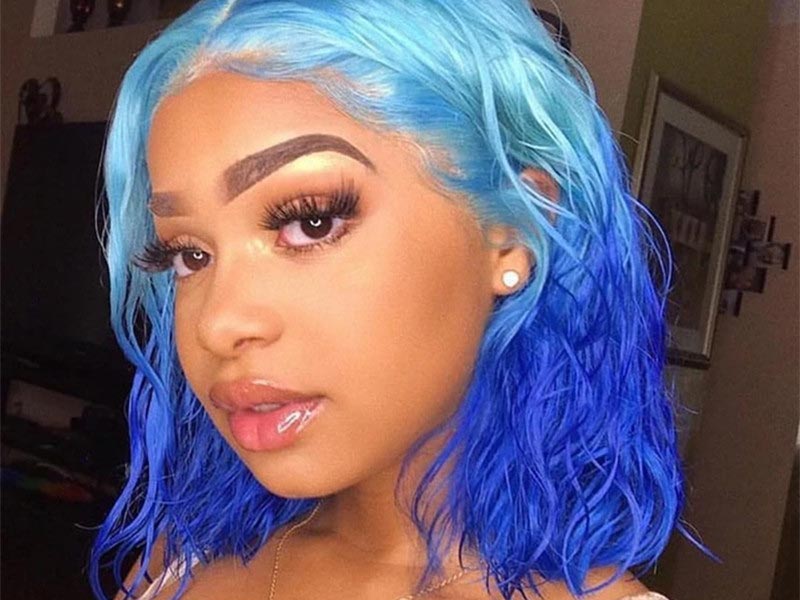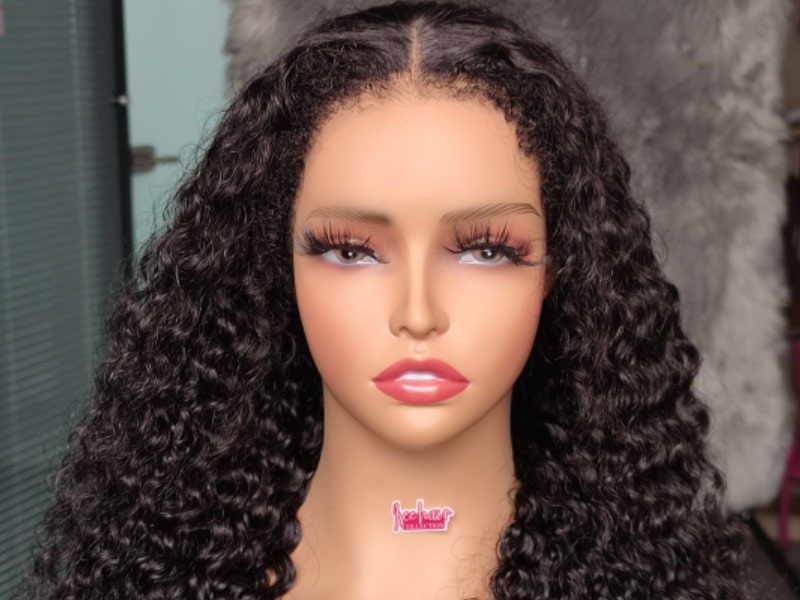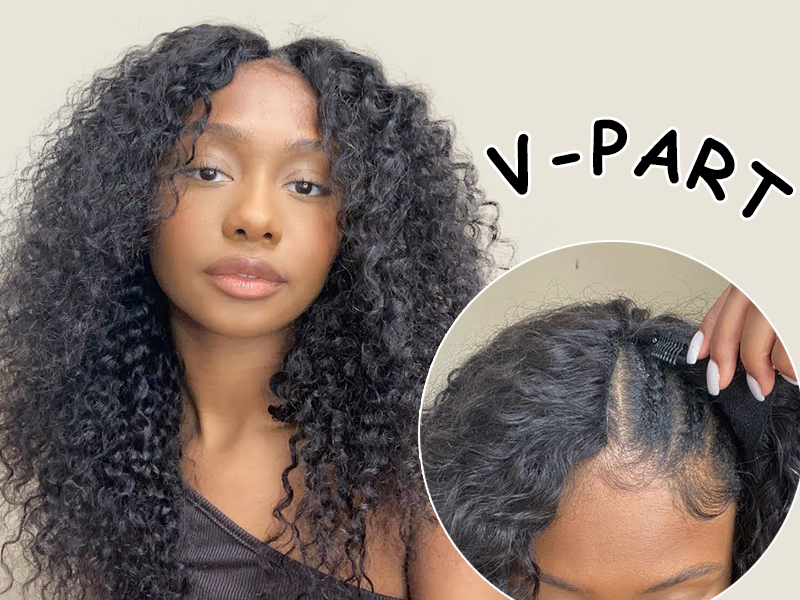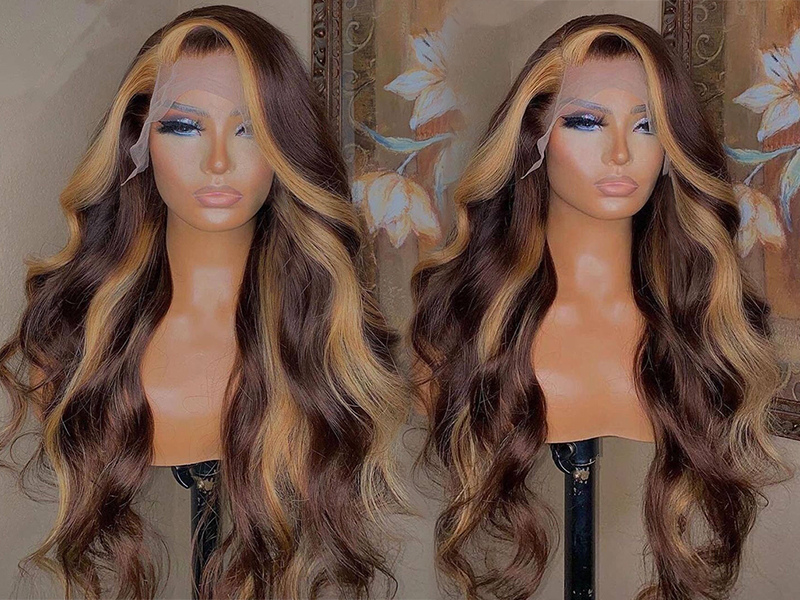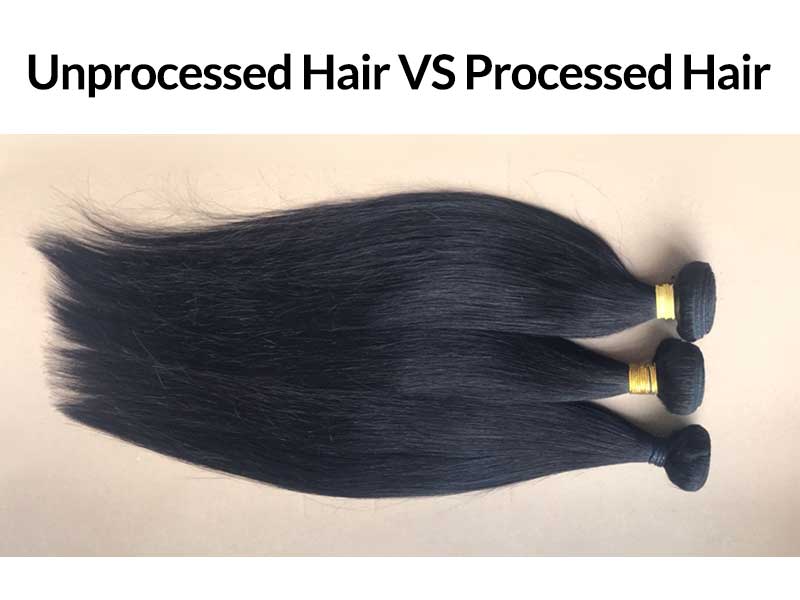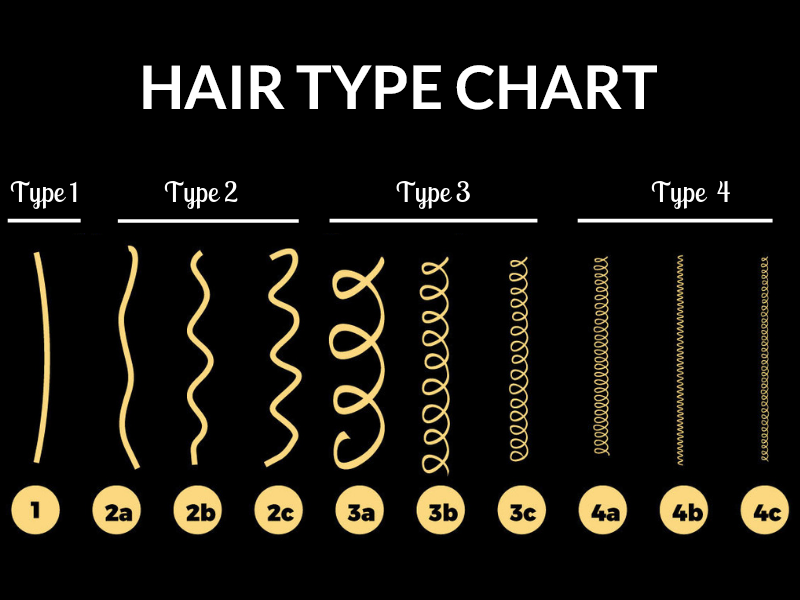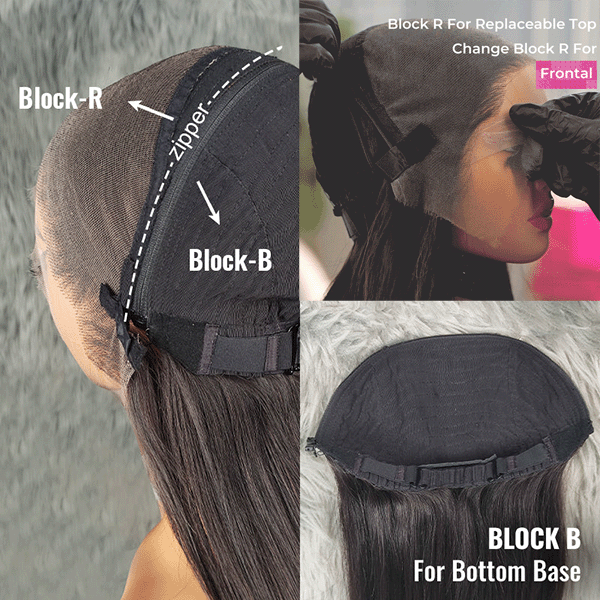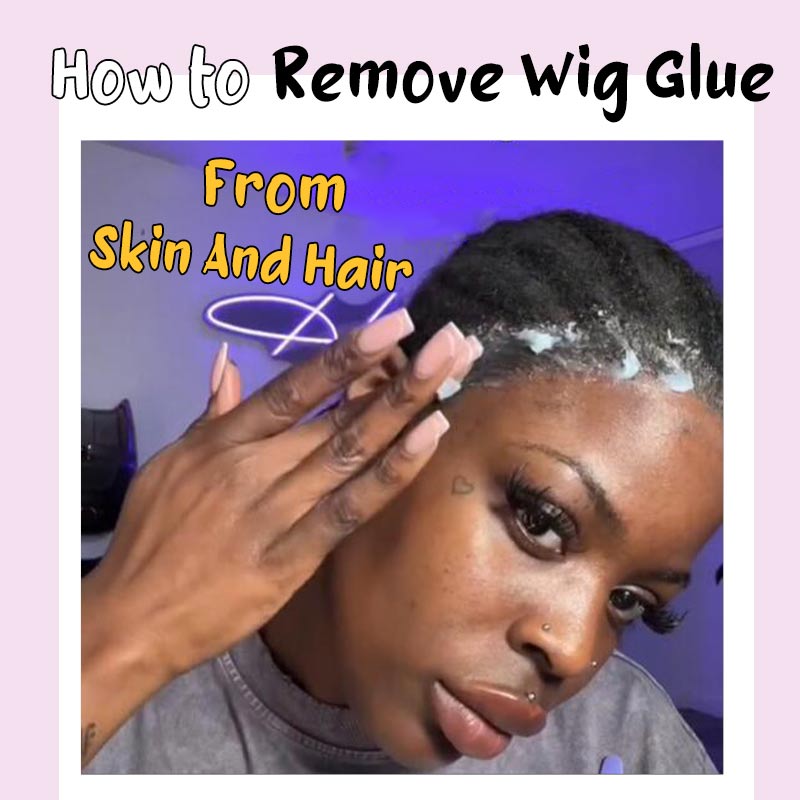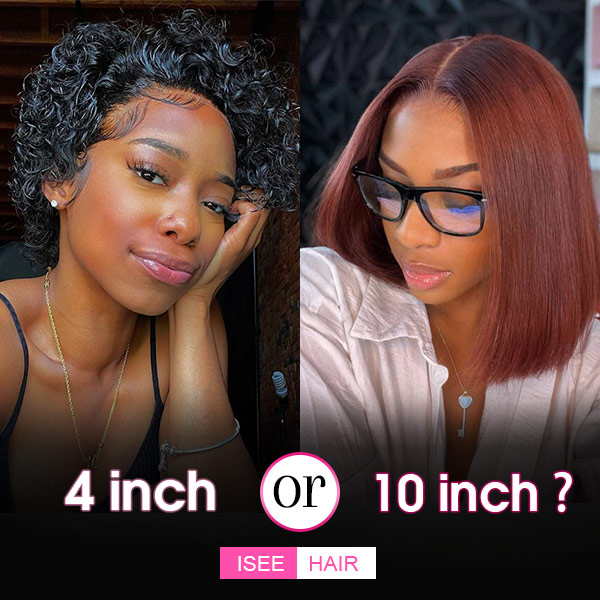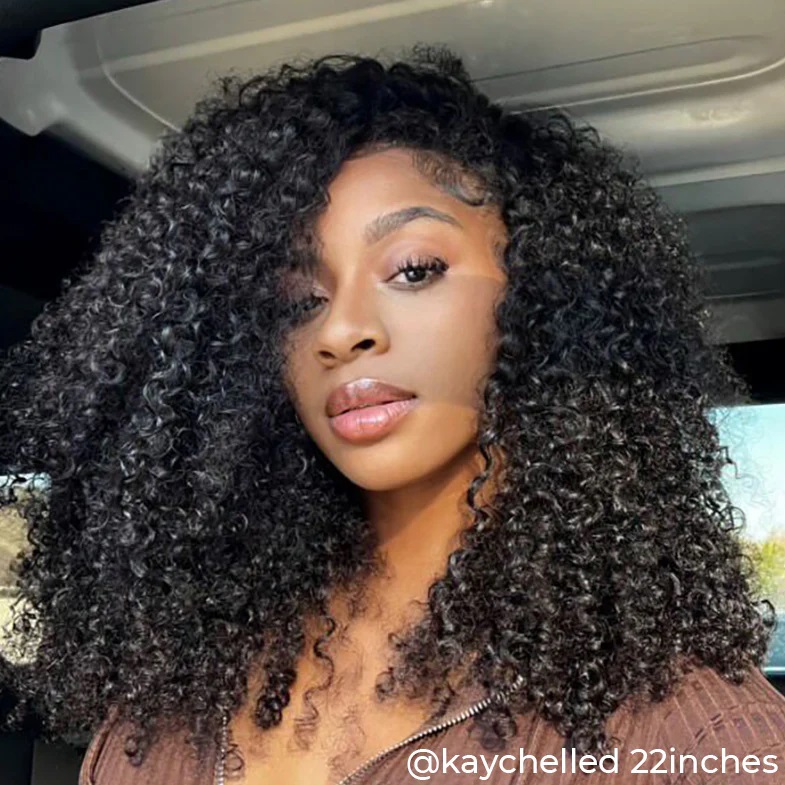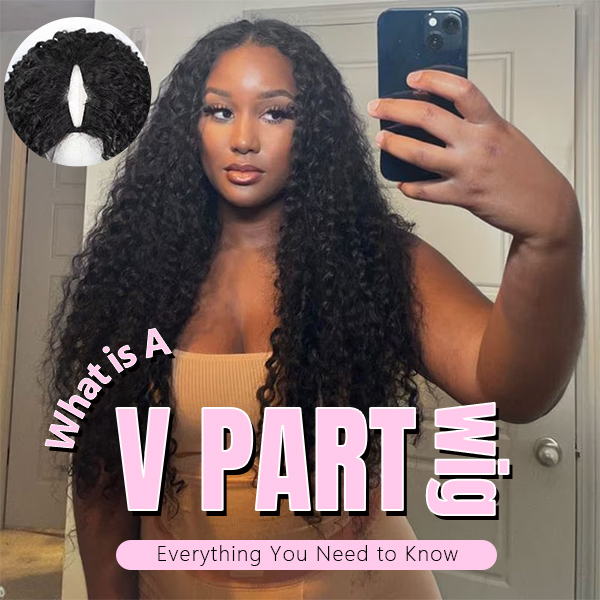For wig wearers, every step from choosing a wig to selecting a wig cap is crucial to achieve the best wearing experience. Some individuals still opt not to wear a wig cap, finding it uncomfortable or unnecessary. Therefore, today we'll guide everyone on how to choose the right cap for your wig, as we firmly believe that wearing a wig cap before putting on a wig is highly beneficial.
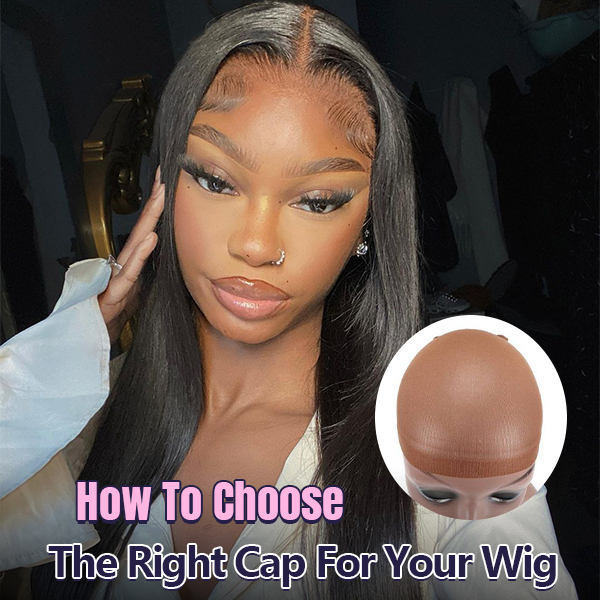
Do You Need a Wig Cap?
Whether to wear a wig cap is not mandatory in the process of installing a wig, unlike essential steps such as flattening your natural hair or cutting lace that directly affect the natural appearance of the wig.
Wearing a wig cap is an optional step; we've observed that some of our customers choose not to wear one, as it might feel like an additional layer and heat to their scalp. However, many customers prefer wearing a wig cap, as they find it more comfortable and secure, minimizing the risk of the wig slipping off.
It's evident that the same thing can evoke different feelings in different people, and personal comfort is crucial in the decision to wear a wig cap. Despite this, we still recommend using a wig cap. Below, we'll outline the pros and cons of wearing a wig cap for different individuals, providing insights to help you decide whether to opt for one.
For People Who Have Completed Or Partial Hair Loss
Pros
The scalp produce oils and sweat every day, especially during an extended period of wearing and summer season. A wig cap helps absorb sweat and oils, reducing potential itching or discomfort caused by wearing the wig for an extended period.
What’s more, washing a wig cap is easier than washing a wig, and changing the cap every few days also makes for a more hygienic scalp environment.
As we all know, the base of the wig may cause discomfort on the scalp. For individuals with partial or complete hair loss, wearing a wig cap can protect the scalp from potential irritation or friction caused by the wig's base. It acts as a barrier between the wig and the scalp, reducing discomfort and preventing rubbing or chafing.
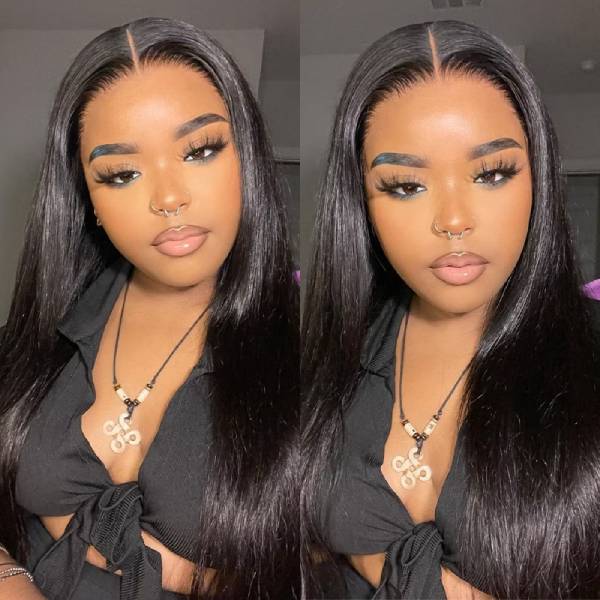
Cons
For individuals experiencing complete or partial hair loss, the wig caps come into direct contact with the scalp. So the quality of wig caps is super important, this is why some individuals may find wig caps uncomfortable, especially if they have a sensitive scalp or skin. It's important to opt for higher-quality caps, considering factors such as breathability and stretchiness.
For People With Hair
Pros
Flattening your natural hair is important for natural look when wearing a wig. Wig caps effectively aid in hiding your natural hair underneath the wig. Any loose hair exposed can be tucked into the wig cap, providing a flat, smooth base for the wig, eliminating any lumps or bumps that might affect the natural look of the wig.
Cons
For individuals who have their natural hair and wear wig caps, one potential drawback can be heat build-up. The longer hair you have, it might contribute to increased heat around the scalp area, especially in warmer climates or during physical activities.
Wearing a wig cap might feel like an added layer of constraint, causing a tight sensation and potentially leading to headaches. Therefore, making the right choice in selecting a wig cap becomes significantly crucial.
Types Of Popular Wig Caps
HD Wig Cap
You must have heard of HD lace wigs, which have gained popularity in recent years. HD wig caps are constructed using a ultra-fine and sheer material. This types of wig cap is know for super invisible and undetectable under your wig, enhancing the realism of the wig. They offer a more natural-looking hairline and parting when paired with HD lace wigs, providing a seamless and undetectable look.
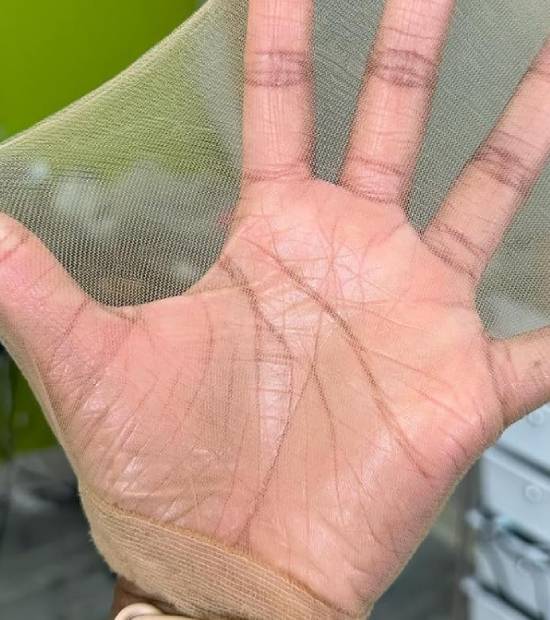
Nylon Or Spandex Wig Cap
Nylon or Spandex are both elastic materials, highly suitable for making wig caps. This type of wig cap has great stretchability, suitable for both larger and smaller head sizes, ensuring the wig stays in place securely. It is also very durable and can be washed repeatedly and used many times. Available in beige and black shades to match different skin tones.
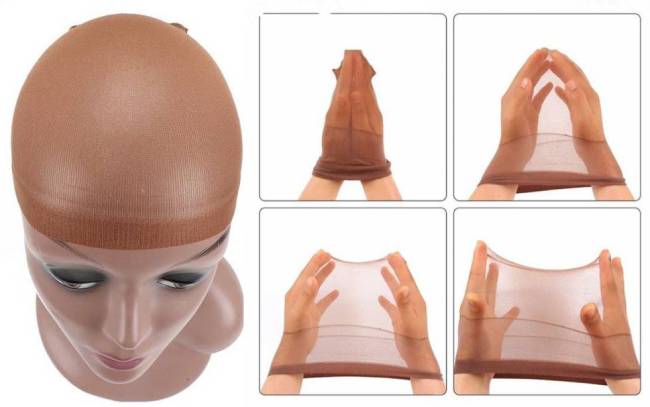
Mesh Wig Cap
The mesh wig cap is kind of like a fishnet stocking with visible holes in the wig cap. Therefore, this type of wig is super breathable, allows air to circulate, suitable for warmer climates. They offer better ventilation to the scalp and help prevent heat build-up. And mesh wig cap is also made of resilient material.
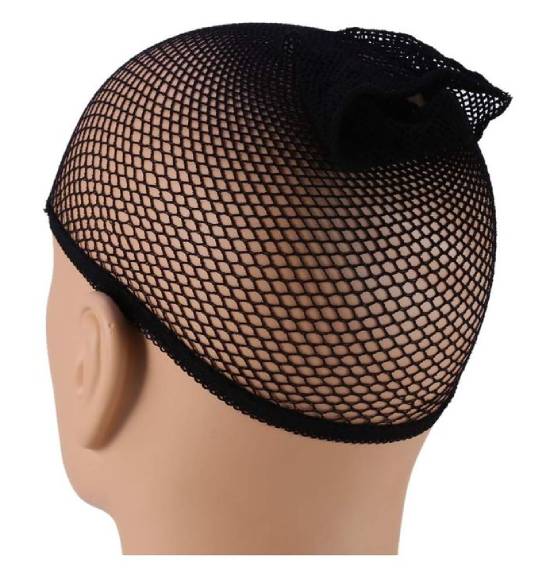
Ventilated Wig Cap
Mesh wig caps and ventilated wig caps are both highly breathable options for wig caps. You can also call ventilated wig cap as a open wefted cap, this wig cap is super breathable and lightweight, but it is not stretchy. You can also adjust the size of this types of wig cap, because it has straps on the back.
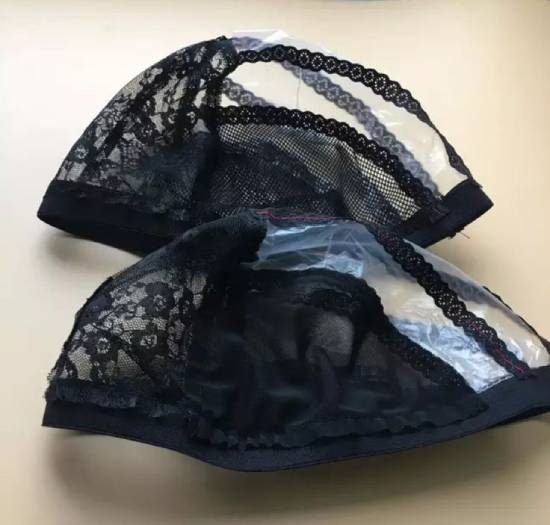
Mesh Dome Wig Cap
As the name implied, mesh dome cap has a dome cap and it is mesh, offering more room for longer or thicker hair. The Domb style offers perfect fit when wearing. Our glueless lace wig caps are designed with a 3D Dome cap, contouring to the shape of the head, particularly the front lace section, lying flat against the hairline without any unnatural and lifting edges.
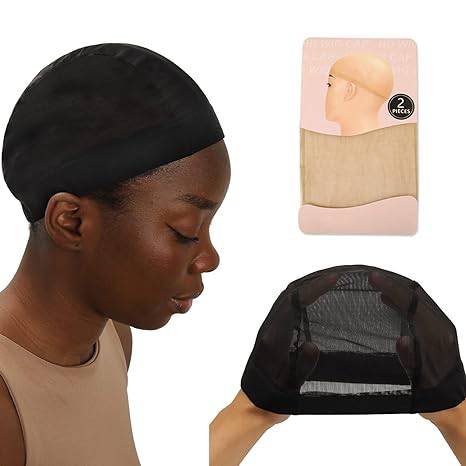
Silk Wig Cap
These caps have a silk or satin lining that helps protect the hair and scalp from friction, reducing potential damage to the hair and enhancing comfort.
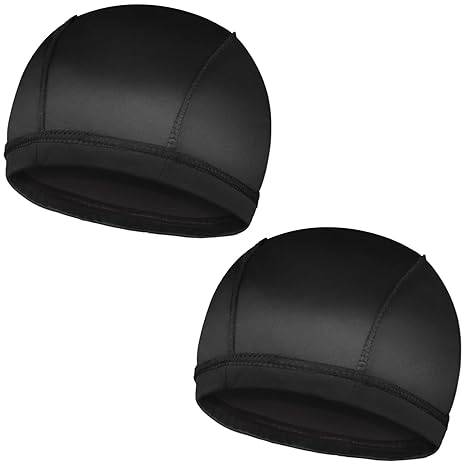
U-Part Wig Caps
There is a U-shaped opening at the top, allowing individuals to leave a portion of their natural hair out. This design facilitates blending the wig with the natural hair, offering a more natural look and versatility in styling.
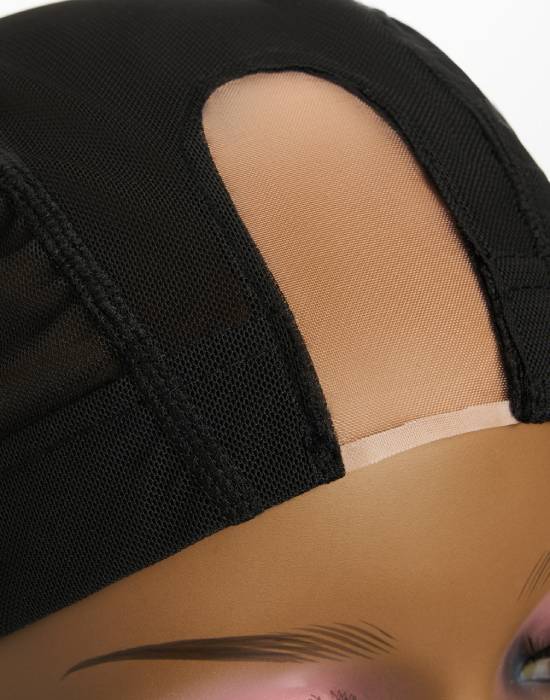
How To Choose a Wig Cap?
Material
Nylon/Spandex: Offers stretchiness for a snug fit and comes in various skin-tone shades.
Mesh: Provides breathability, suitable for warmer climates or if you prefer better airflow.
Silk/Satin-Lined: Offers protection and reduces friction, suitable for sensitive scalps.
HD Lace: Provides a realistic appearance but may be more delicate.
U-Part: Allows for leaving natural hair out, offering versatility.
Color
Choose a wig cap color that closely matches your skin tone for a more natural look. This can also help minimize the need for subsequent use of foundation to melt the lace area, especially at the hairline and parting areas, reducing hassle.
Purpose
Consider the intended use of the wig cap; for example, HD lace caps are ideal for creating a realistic appearance, while mesh caps offer better airflow.
Finally
I hope this article is helpful to you. Finally, it's worth emphasizing that even though wig caps may not be expensive, it's essential to choose them carefully, considering factors such as material, color, breathability, and stretchiness.


 {{ wordsItem.word }}
{{ wordsItem.word }}


 {{ item.rate }}
{{ item.rate }} 










